
The prototype will be based on current Drone technology to make it simple to build. There are some standards appearing in the hardware, after discussion with @ken.do I've decided to opt for standard, as kits of parts based on them are available.
Naze-32 6DOF Flight Controller
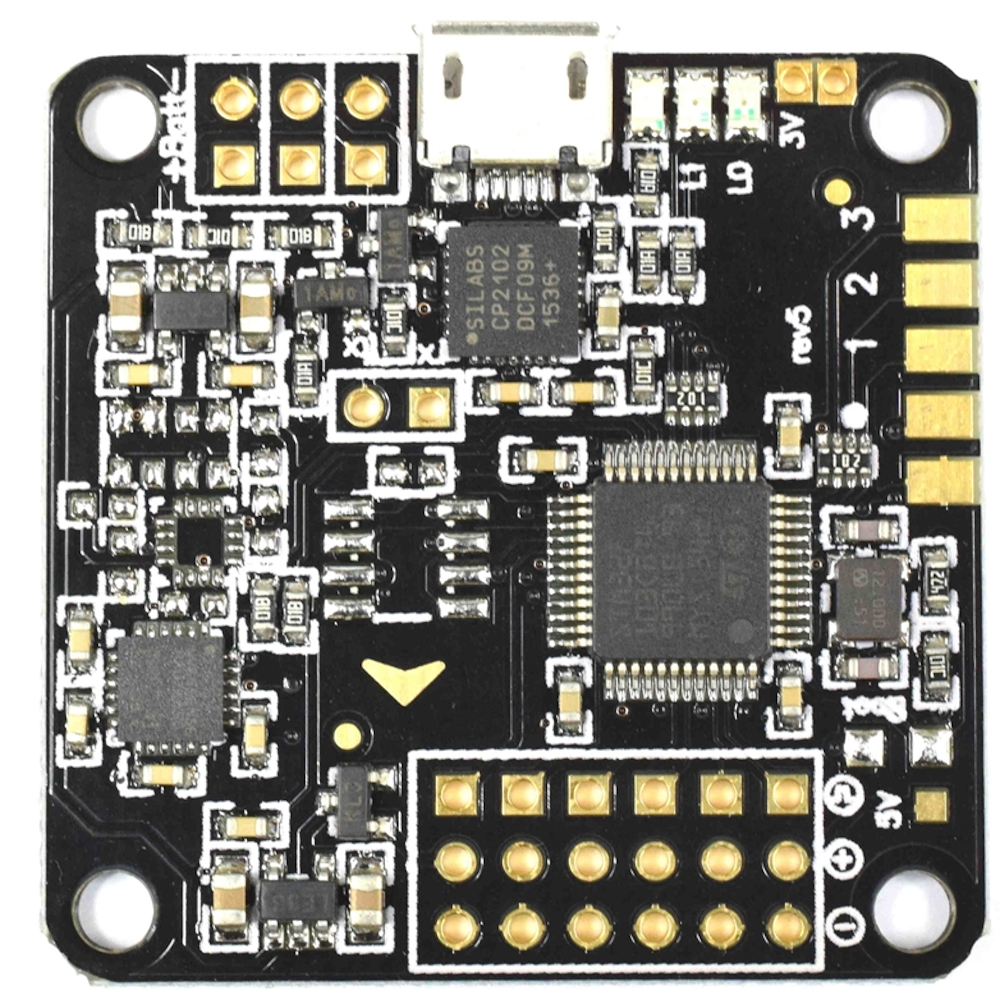
These things are everywhere, obviously I'm buying in the UK so good old eBay to the rescue. This will form the autonomous part of Pandelphi's nervous system, when all hooked up and powered this bit instructs the motors to hold position all on its own.
It has built-in gyro sensors (MPU6500) and battery monitoring and its own STM32 F103 processor with a dedicated control port.
Obviously I wont be needing a receiver board or any of the FPV kit.
BLHeli 12A Electronic Speed Controller
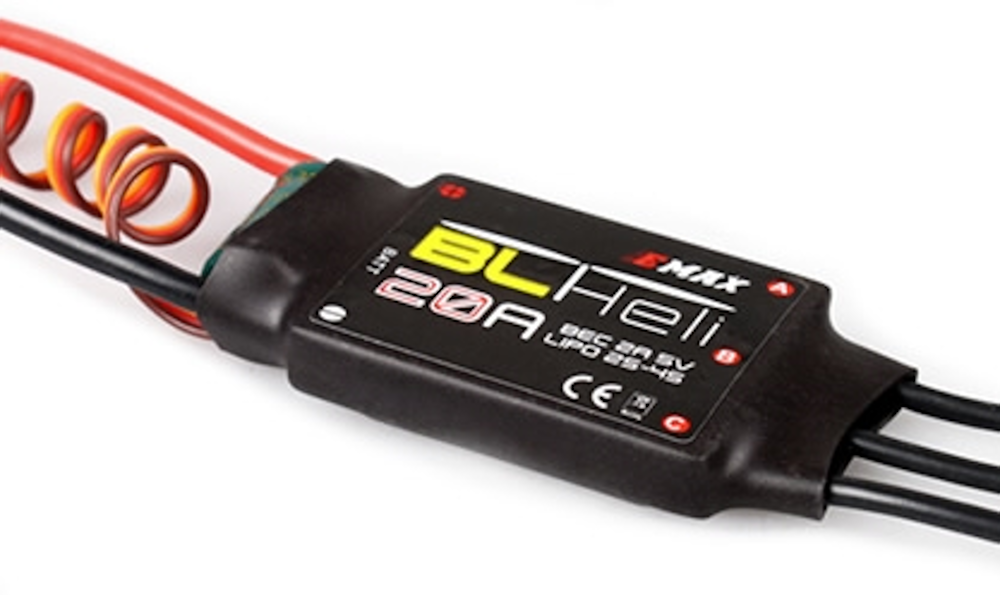
Also seem to be pretty much the one for the job. These take instructions from the Naze and power from the batteries and feed it to the motors, these things are also everywhere.
Motors
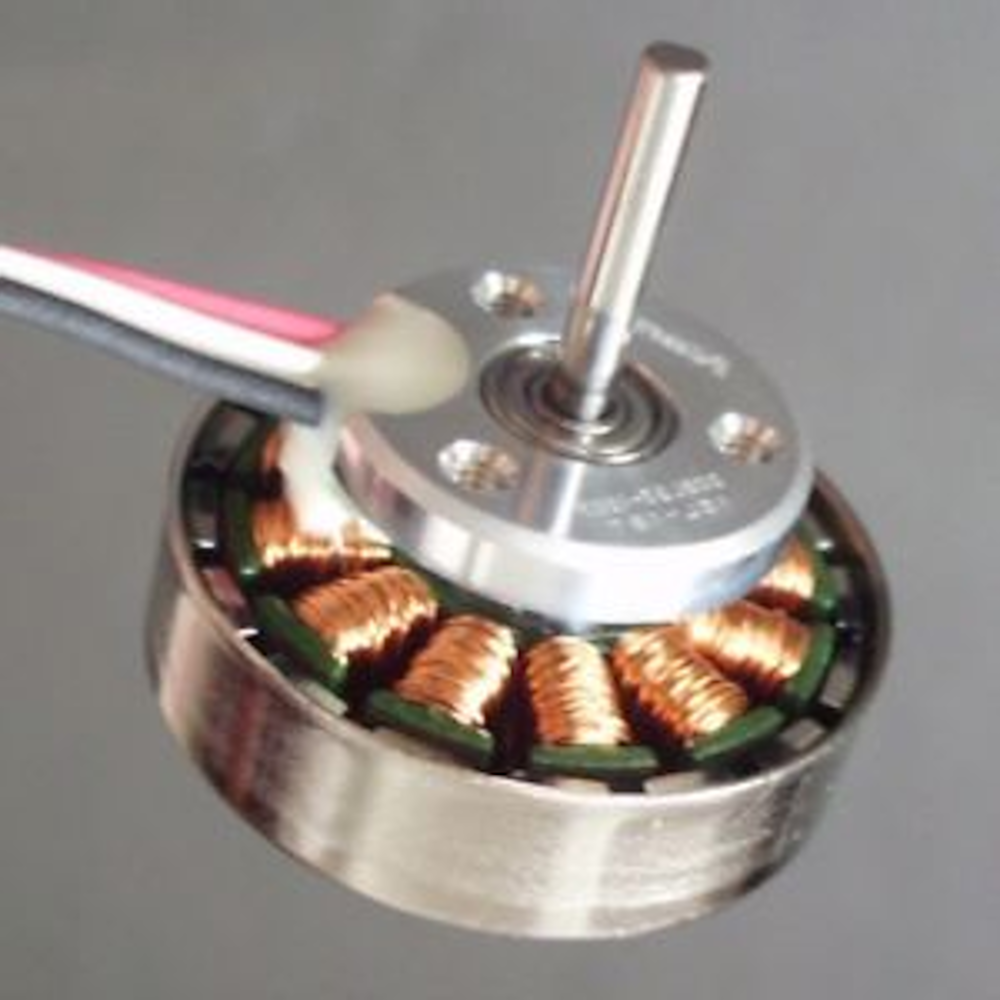
DC Brushless motor
These are the hard part, obviously what I'm trying to do isnt standard drone technology and I'm trying to consider efficiency in an arena that likes to go far and fast.
Intelligent Control Systems
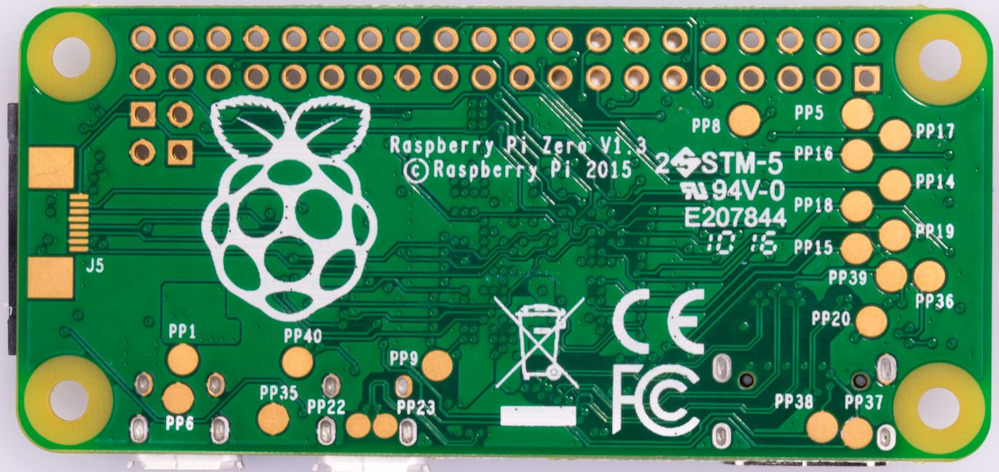
Raspberry Pi Zero, of course, paired with a Pi HD Cam and running AIMos. Serial link to an Atmel chip which handles the CapSense Antenna Array wired into the shell. Also appears as a Smart Home Device so the Home UX can control it.
Shells
Depron Prototype, as it is easily replaceable and weighs almost nothing. It's already white too and requires very little work.
Pandelphi Cub will use current textiles and materials from the soft toy industry and poly-carbonate frame.
Servos
Pandelphi Cub uses the same interfaces except for the mechanism, which is servo driven. Cardware was based on hobby servos due to funding issues, I have chosen the new MGS996 for this project.
Home UX :
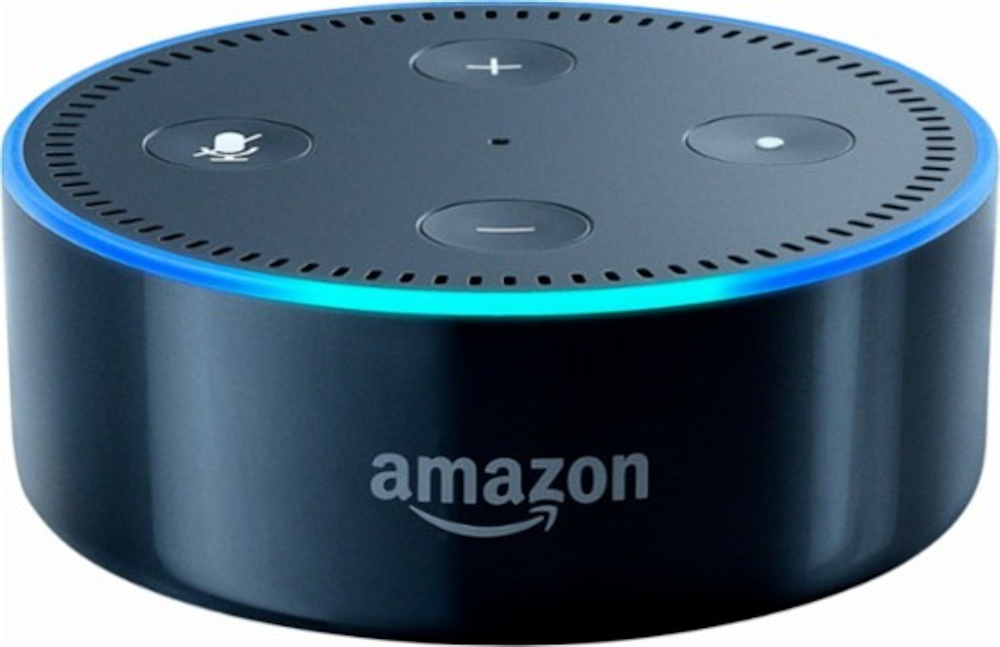
The prototype will carry an Echo Dot, but other devices and platforms are available.
From Amazon.com:
- Amazon Echo Dot is a hands-free, voice-controlled device that uses Alexa to play music, control smart home devices, provide information, read the news, set alarms and more
- Connects to speakers or headphones through Bluetooth or 3.5 mm stereo cable to play music from Amazon Music, Spotify and TuneIn. Play music simultaneously across multiple Echo devices and speakers connected via cable with multi-room music (Available for Amazon Music and TuneIn. Bluetooth not supported)
- Call or message anyone hands-free who also has an Echo device or the Alexa App. Also, quickly connect to other Echo devices in your home using just your voice
- Controls lights, switches, TVs, thermostats and more with compatible connected devices from WeMo, Philips Hue, Sony, Hive, Netatmo, Nest, tado° and others
- Hears you from across the room with 7 microphones for far-field hands-free voice control, even in noisy environments or while playing music
- Includes a built-in speaker so it can work on its own as a smart alarm clock in the bedroom, an assistant in the kitchen, or anywhere you might want a voice-controlled device
- Always getting smarter - Alexa updates through the cloud automatically and is continually learning, adding new features and skill
Pandelphi has a pouch dedicated to carrying one of these devices, supplies power to it and interfaces to it via IOT, so does not require complicated adapters or solutions as the UX field expands.
 Morning.Star
Morning.Star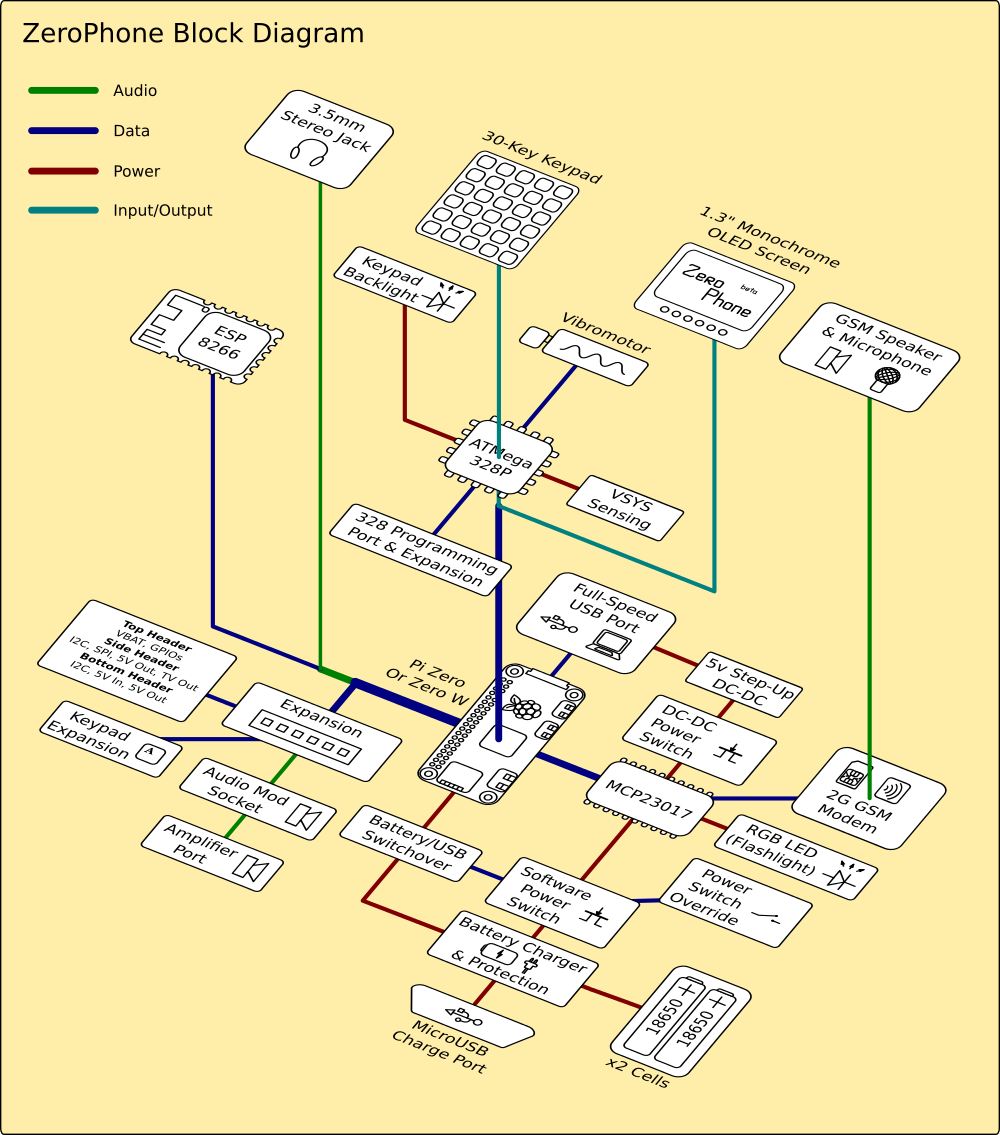
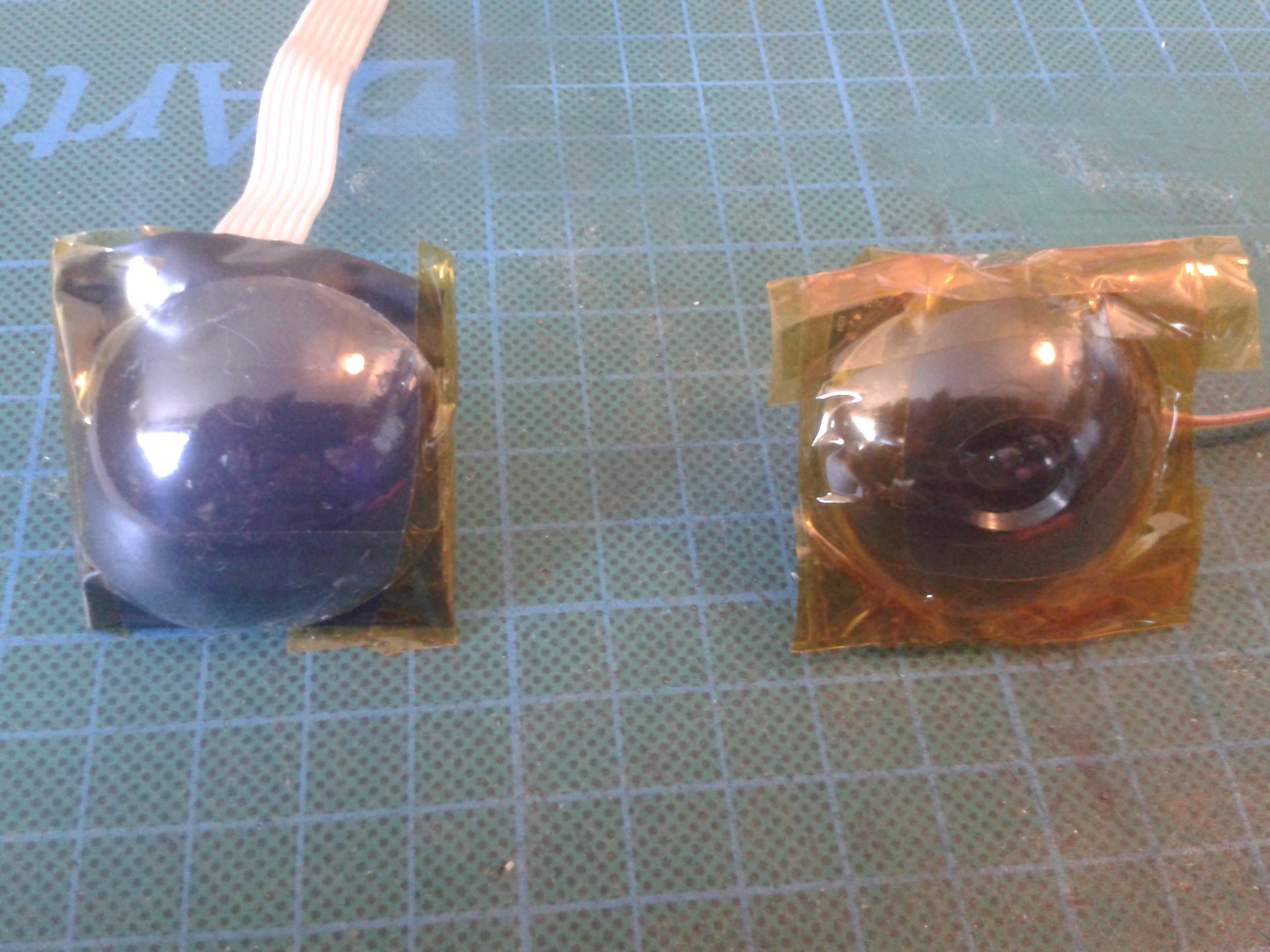
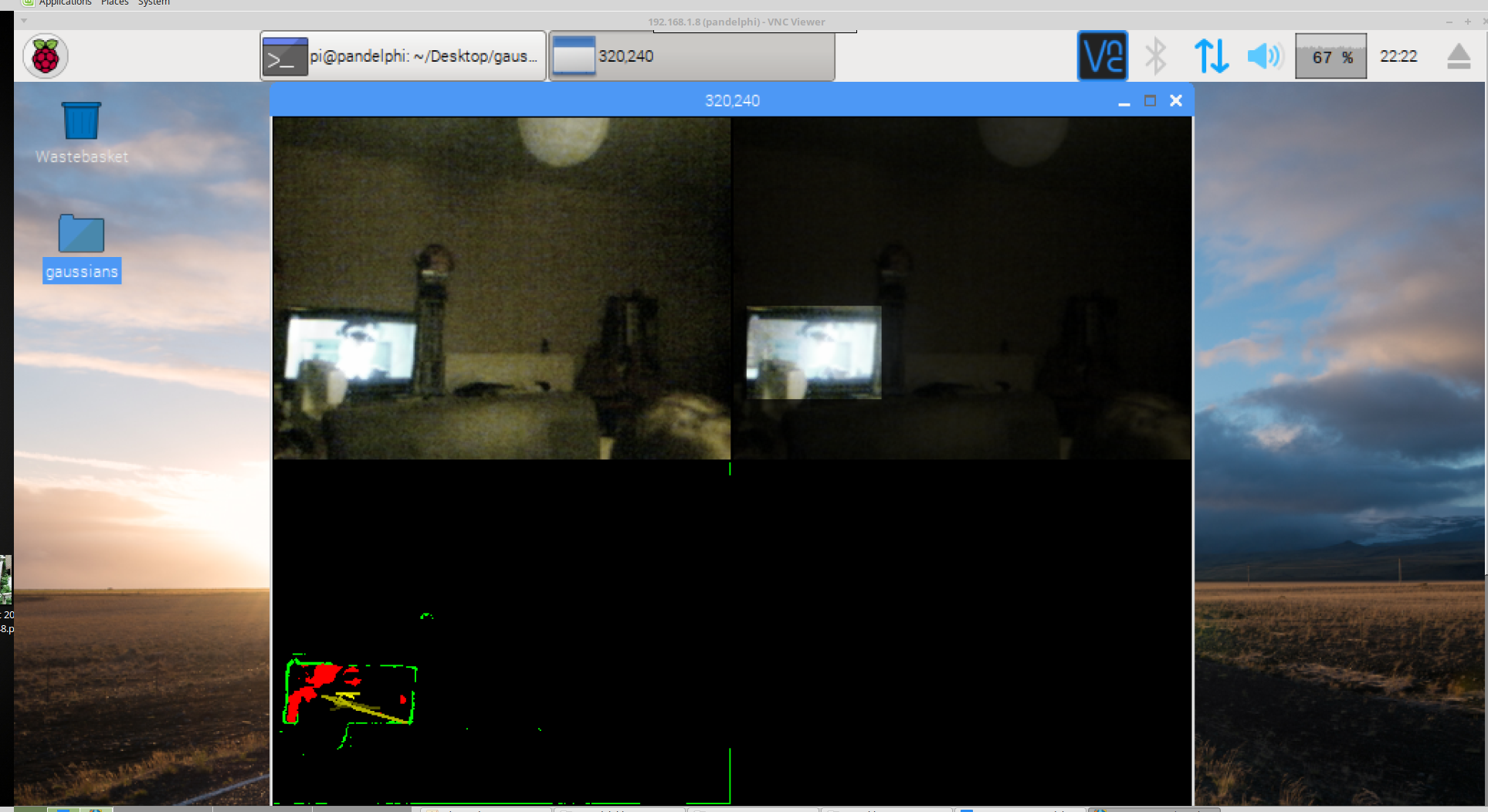
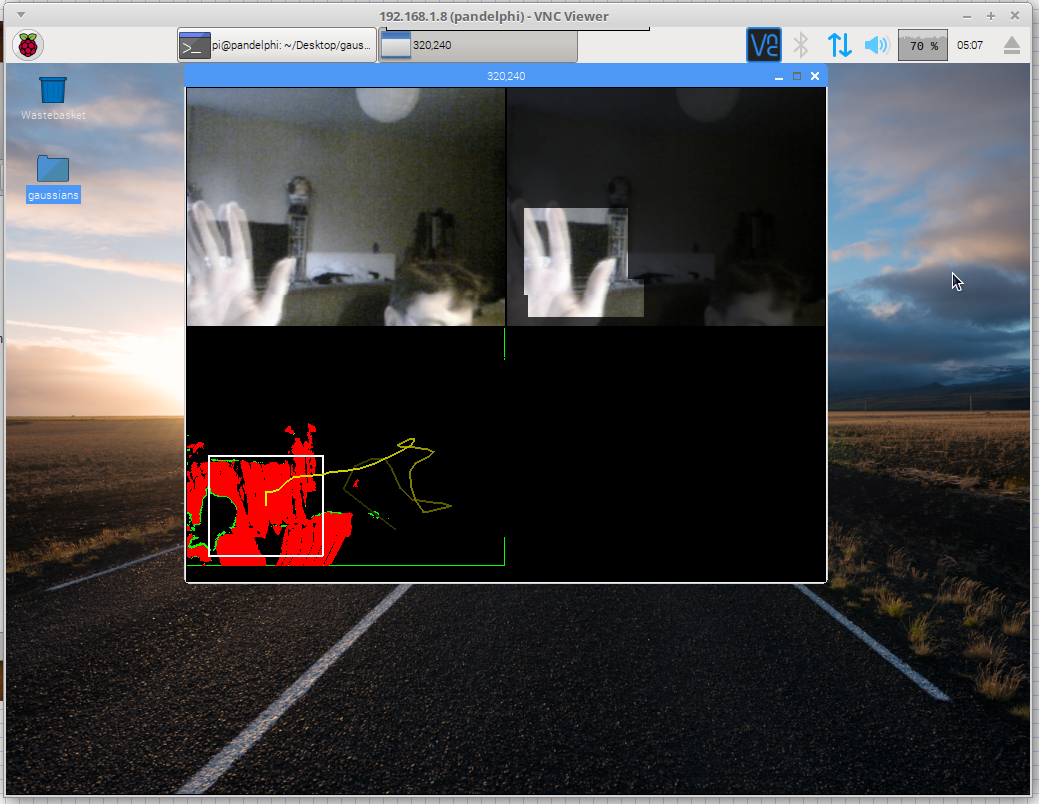
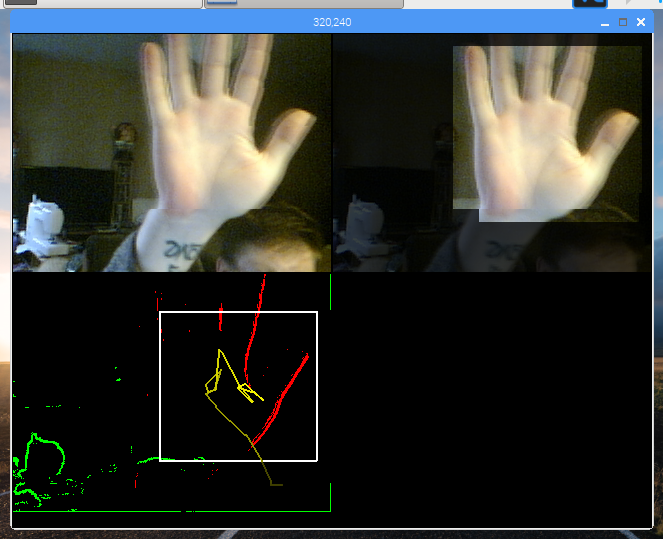
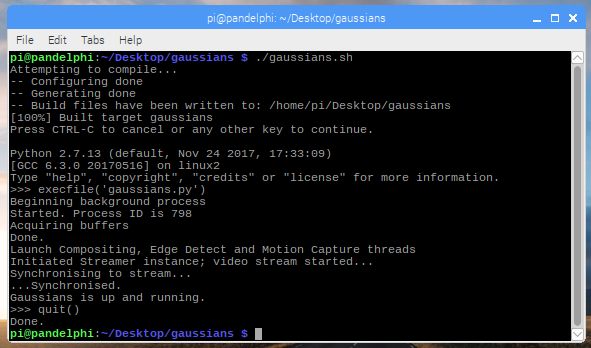
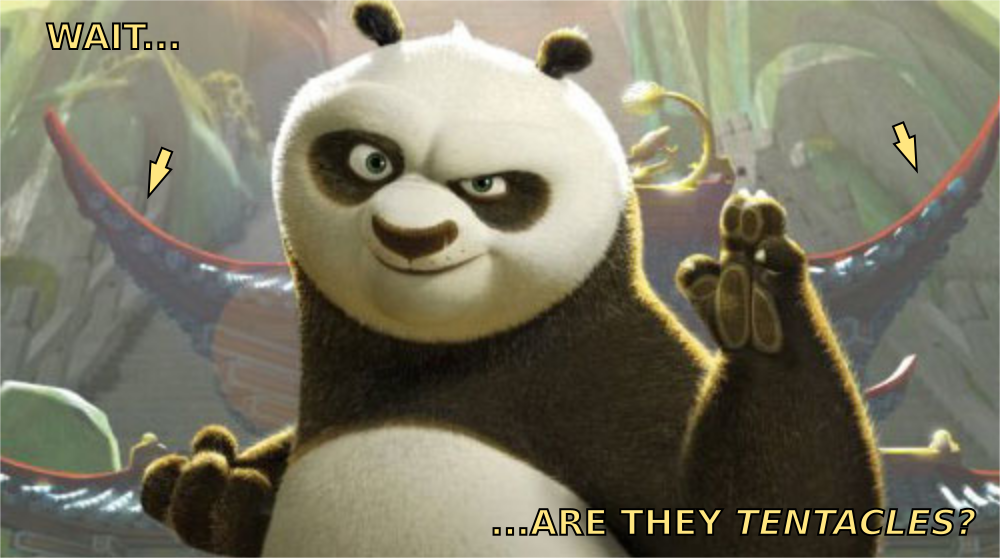
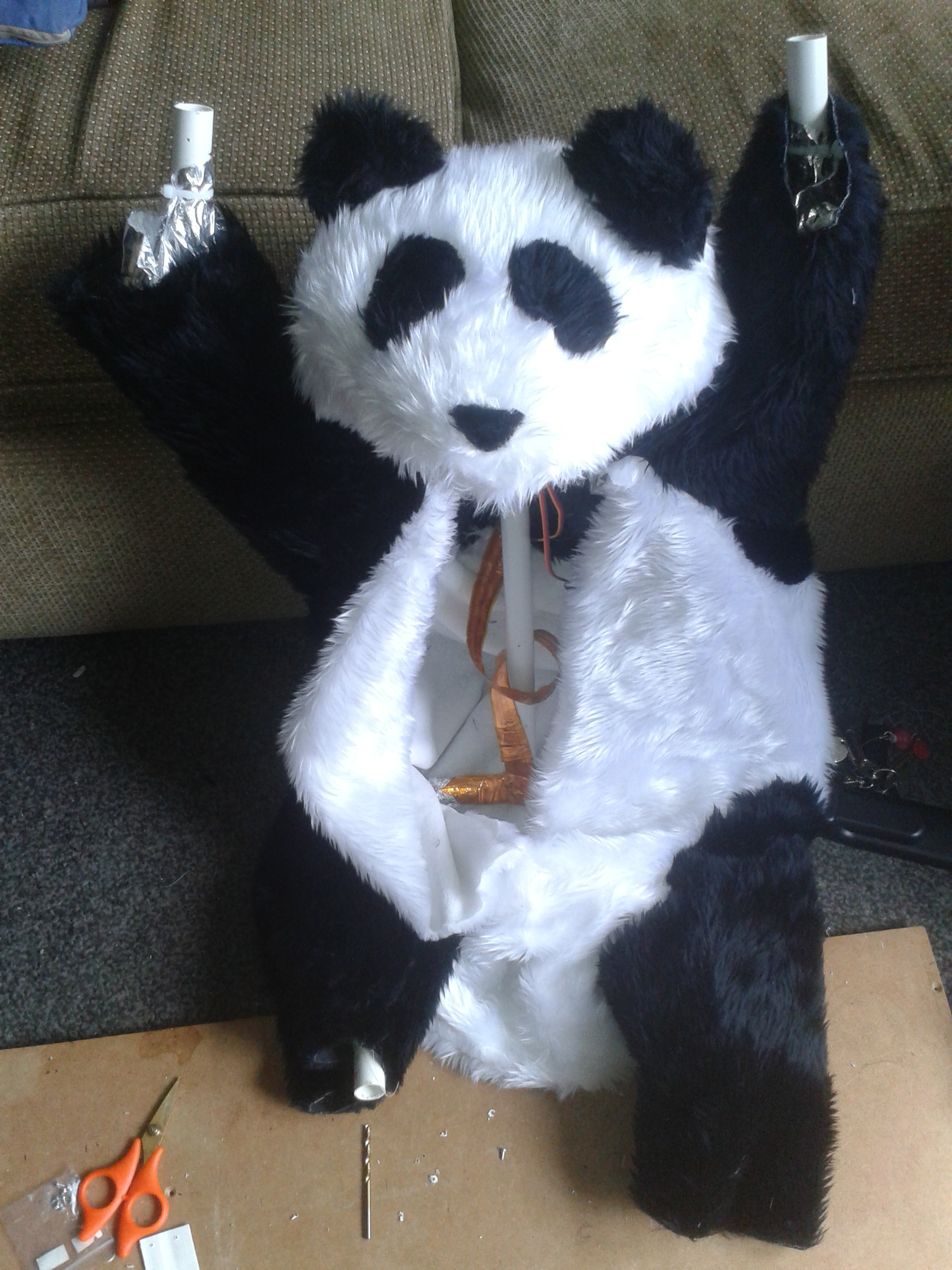
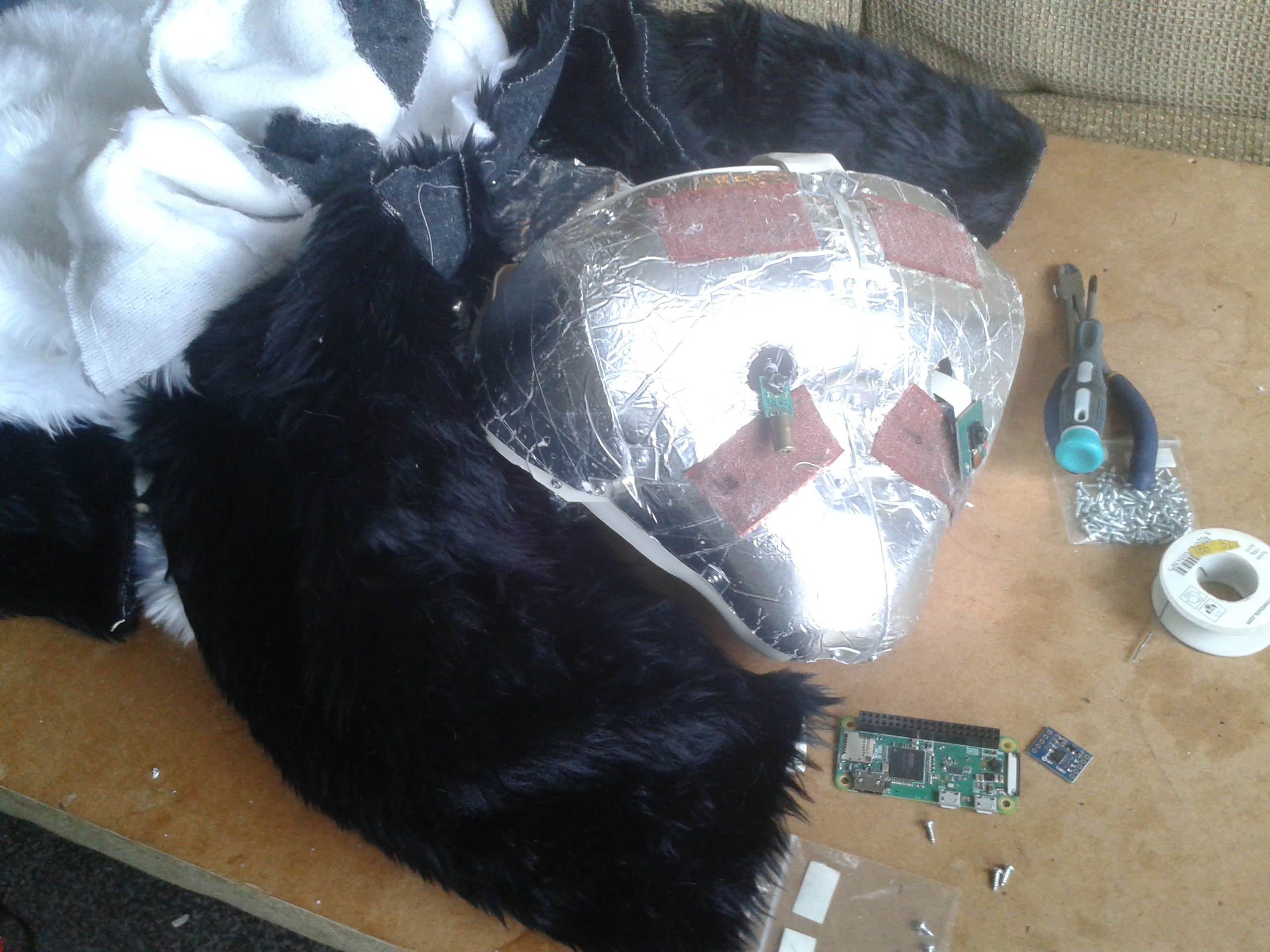
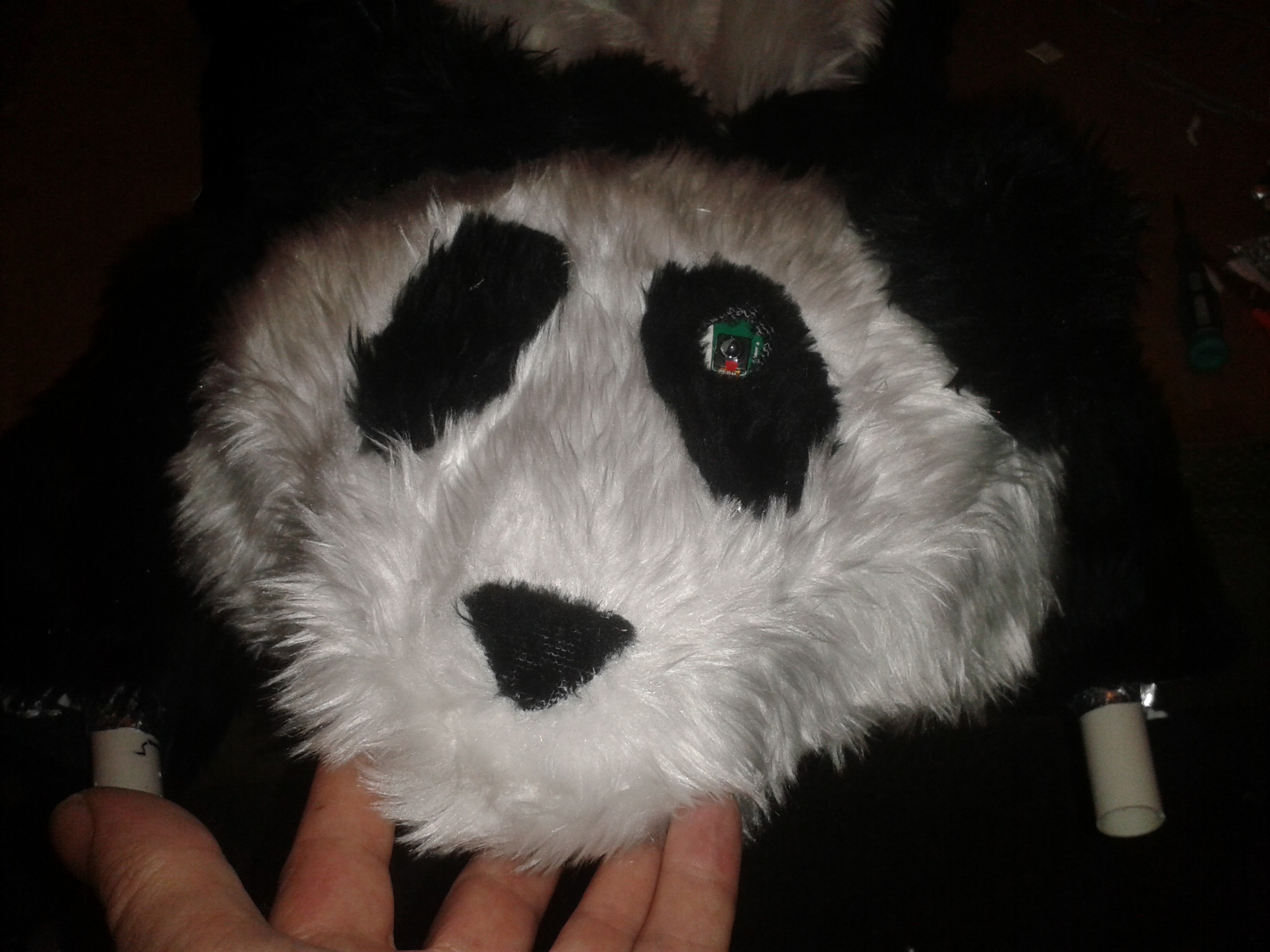
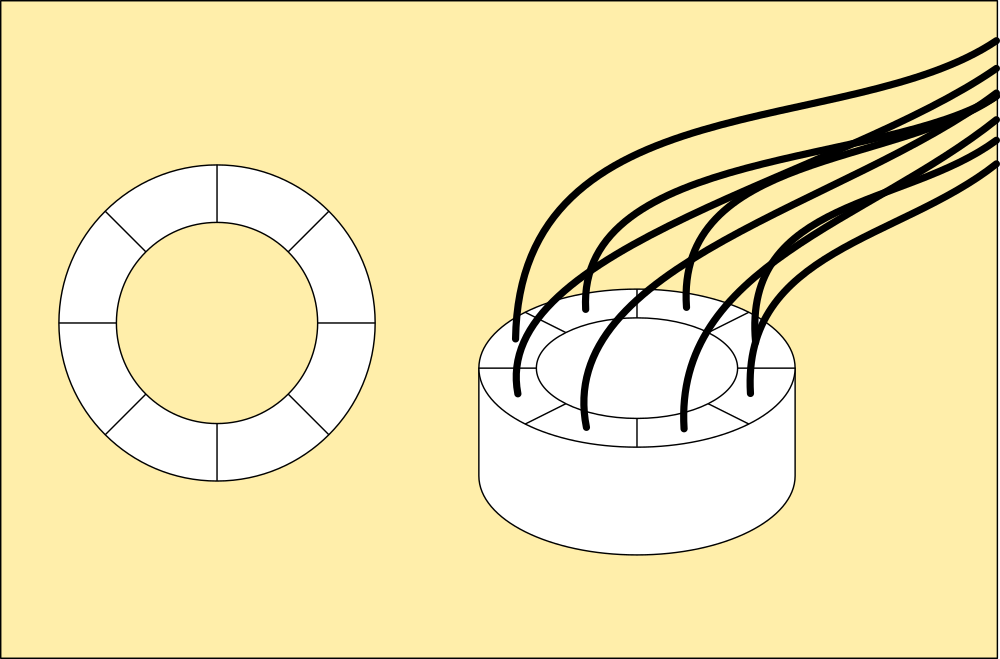


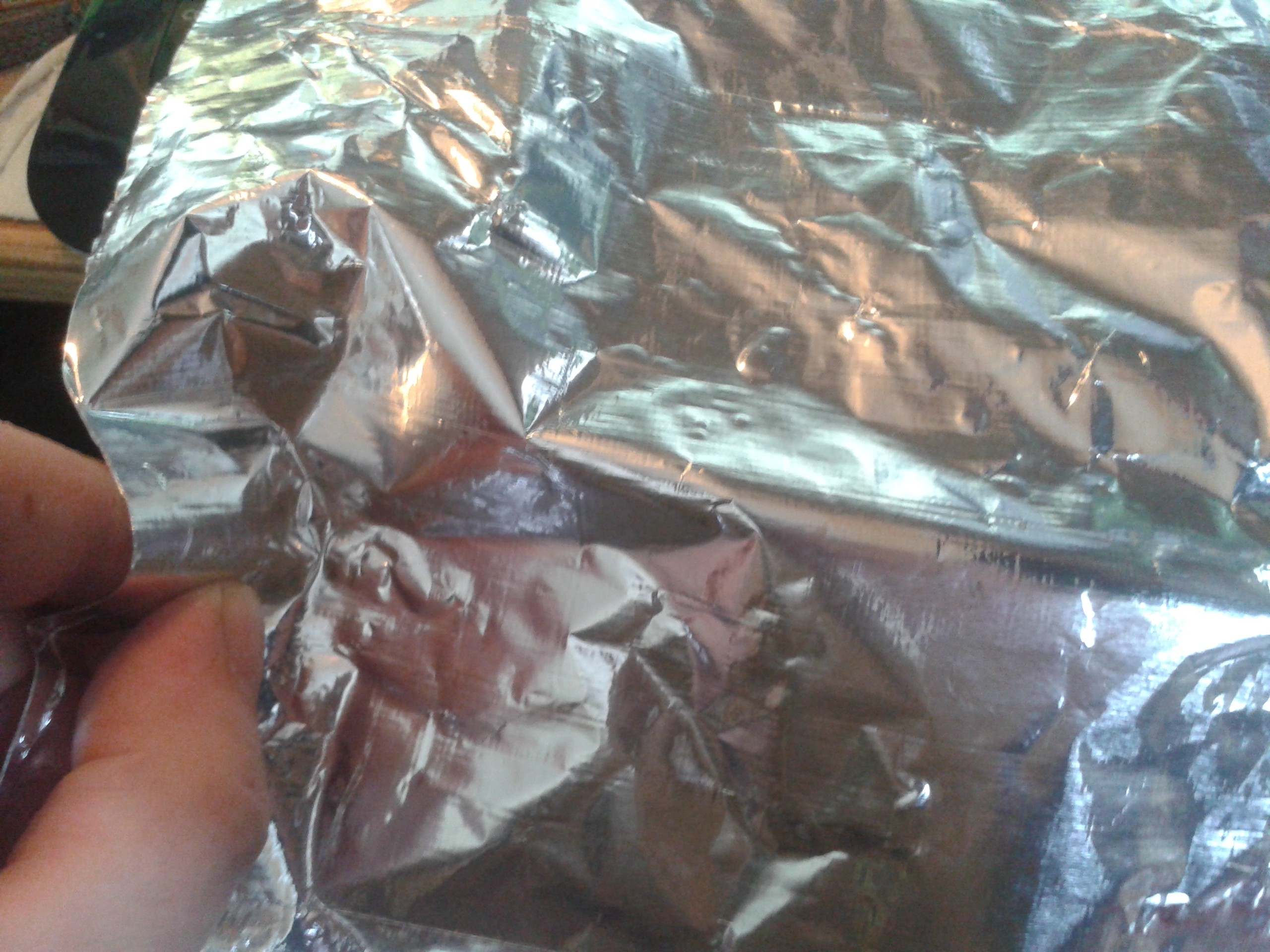
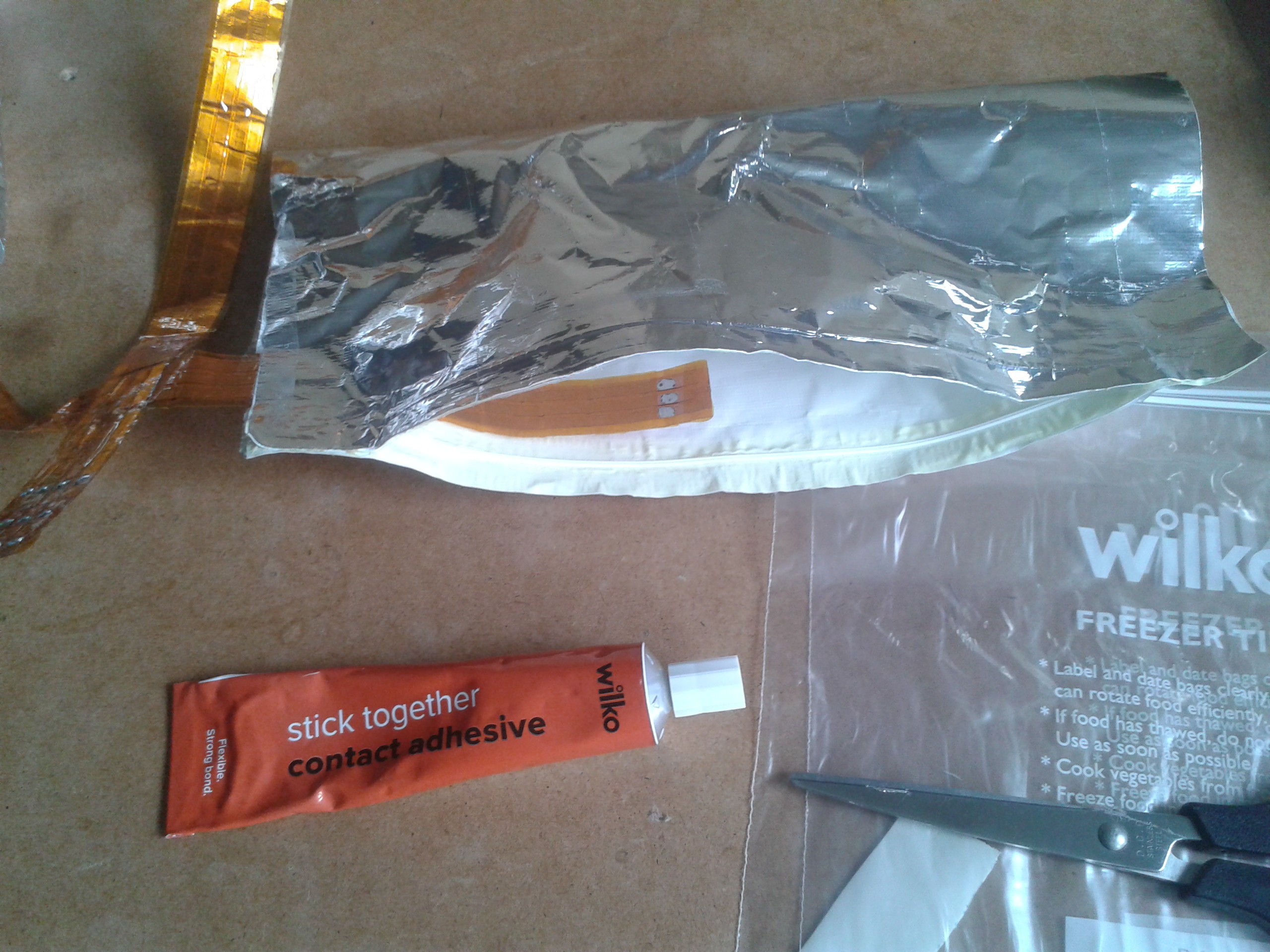
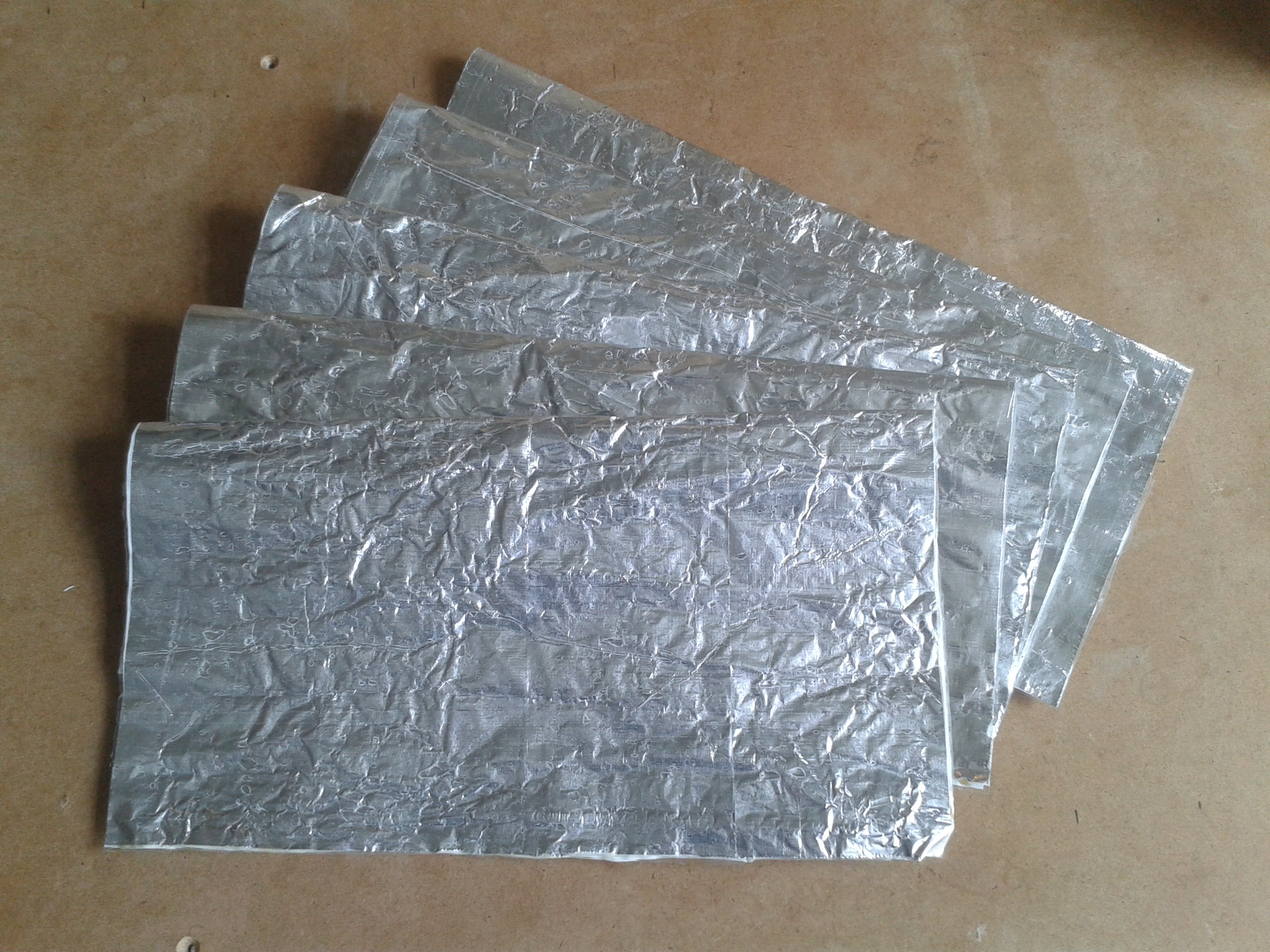
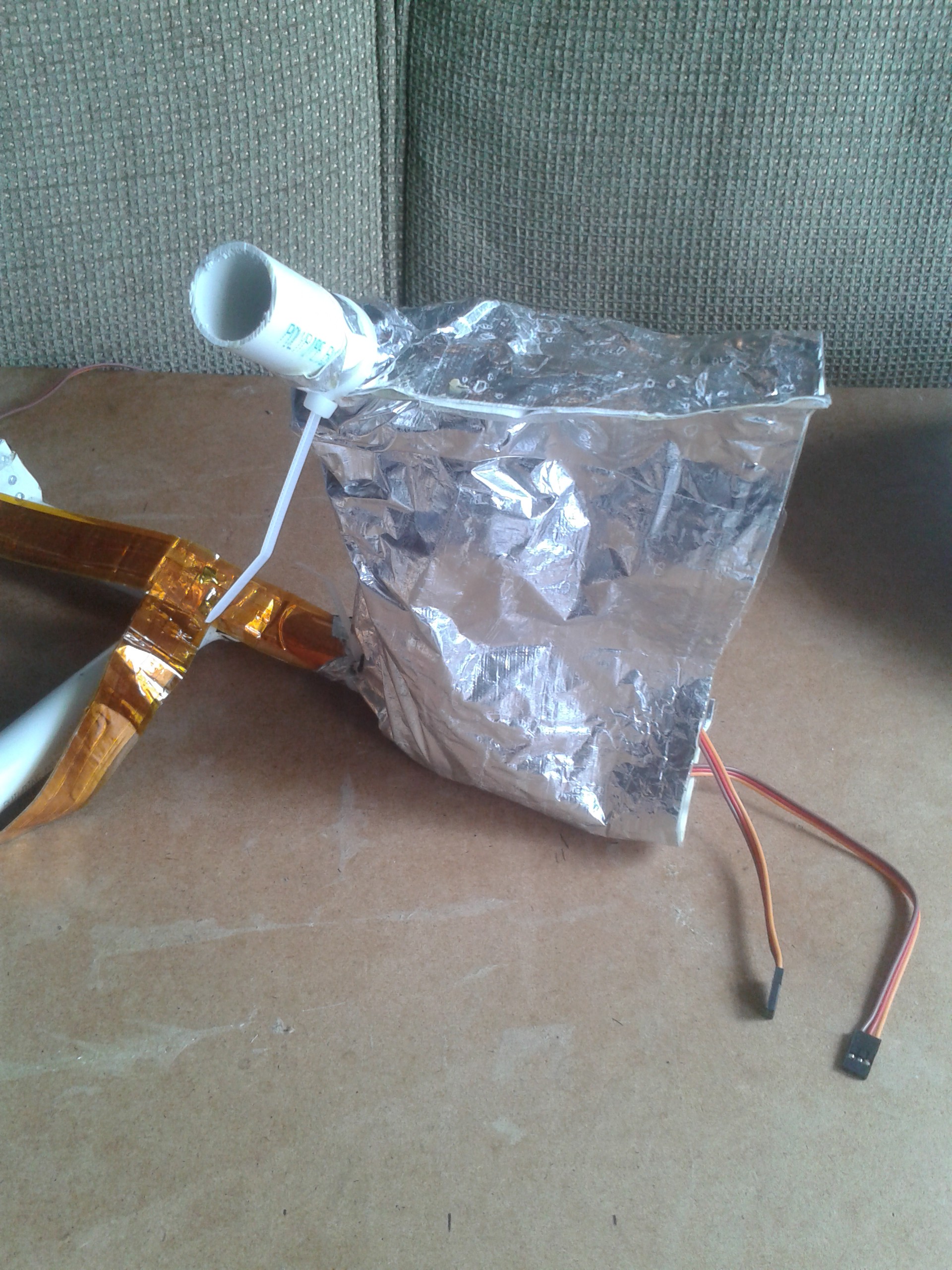
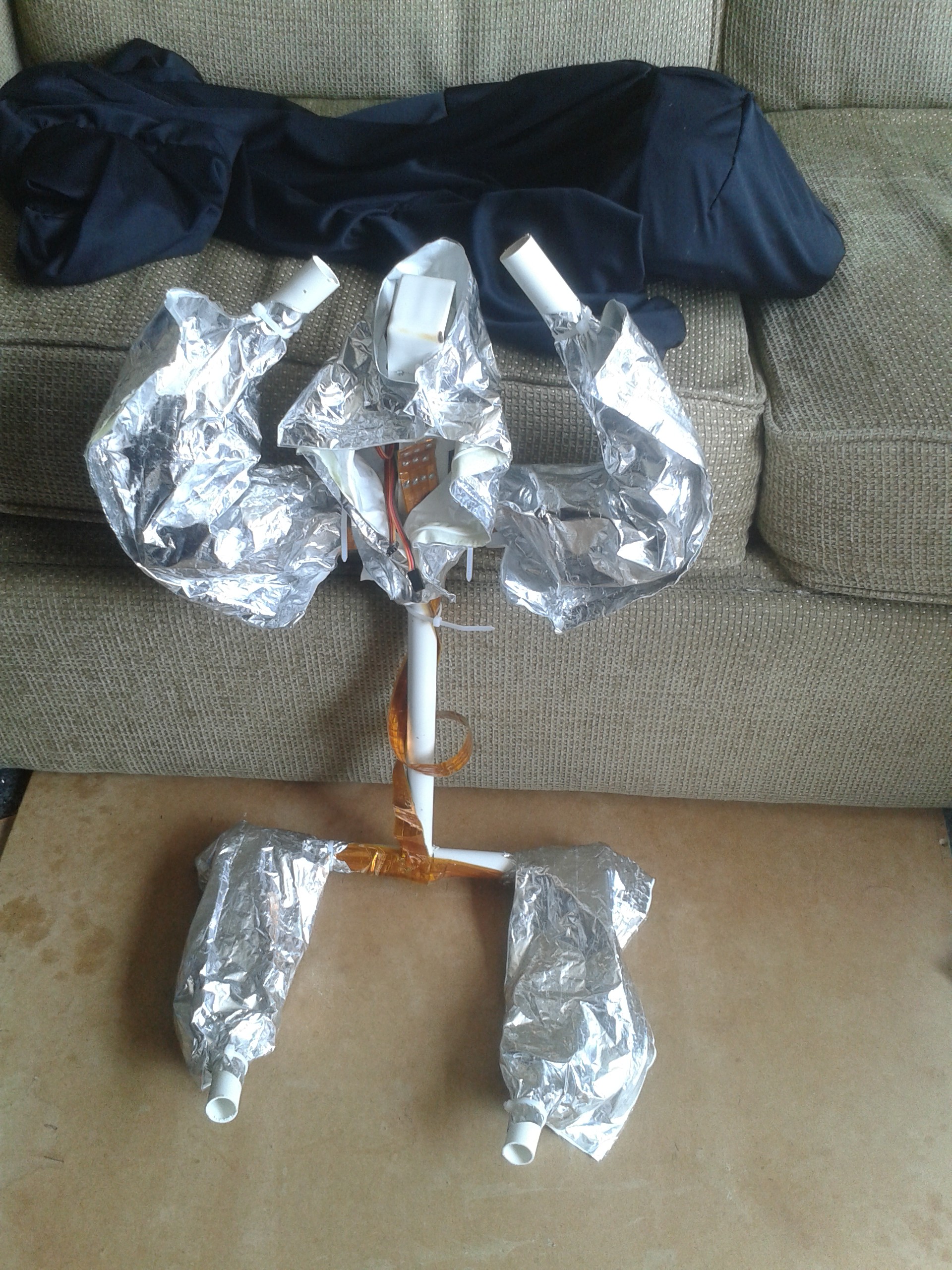
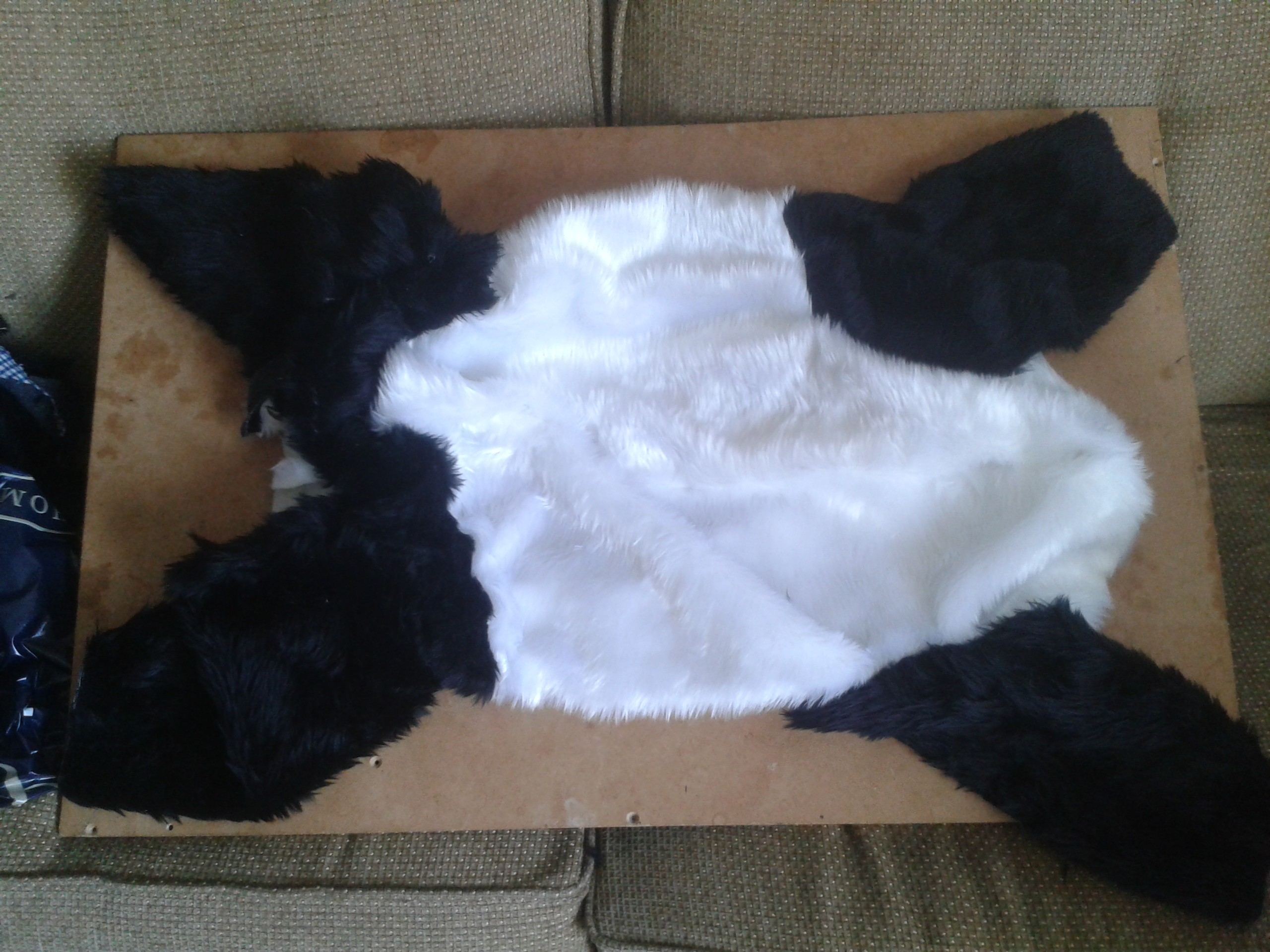
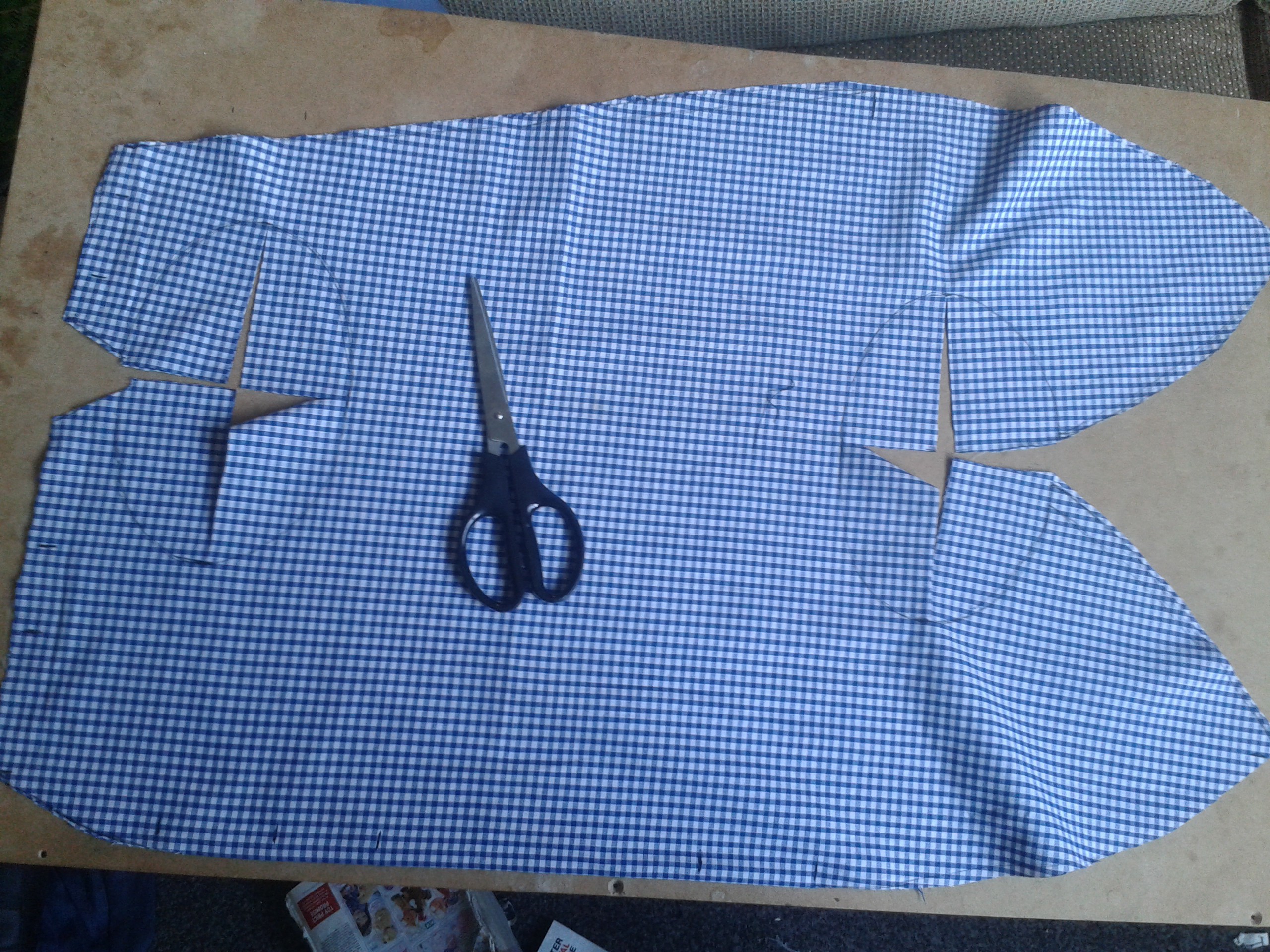
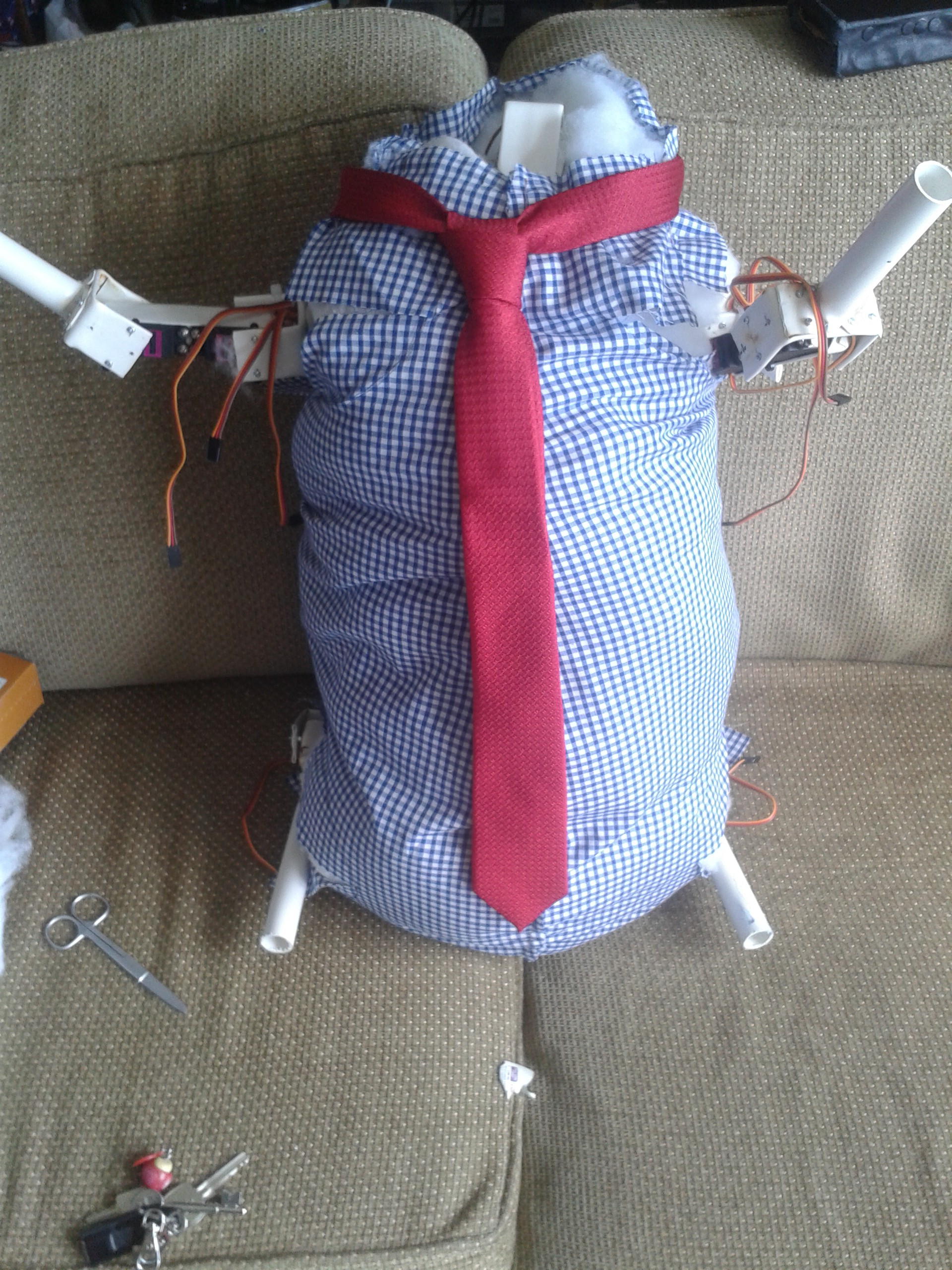
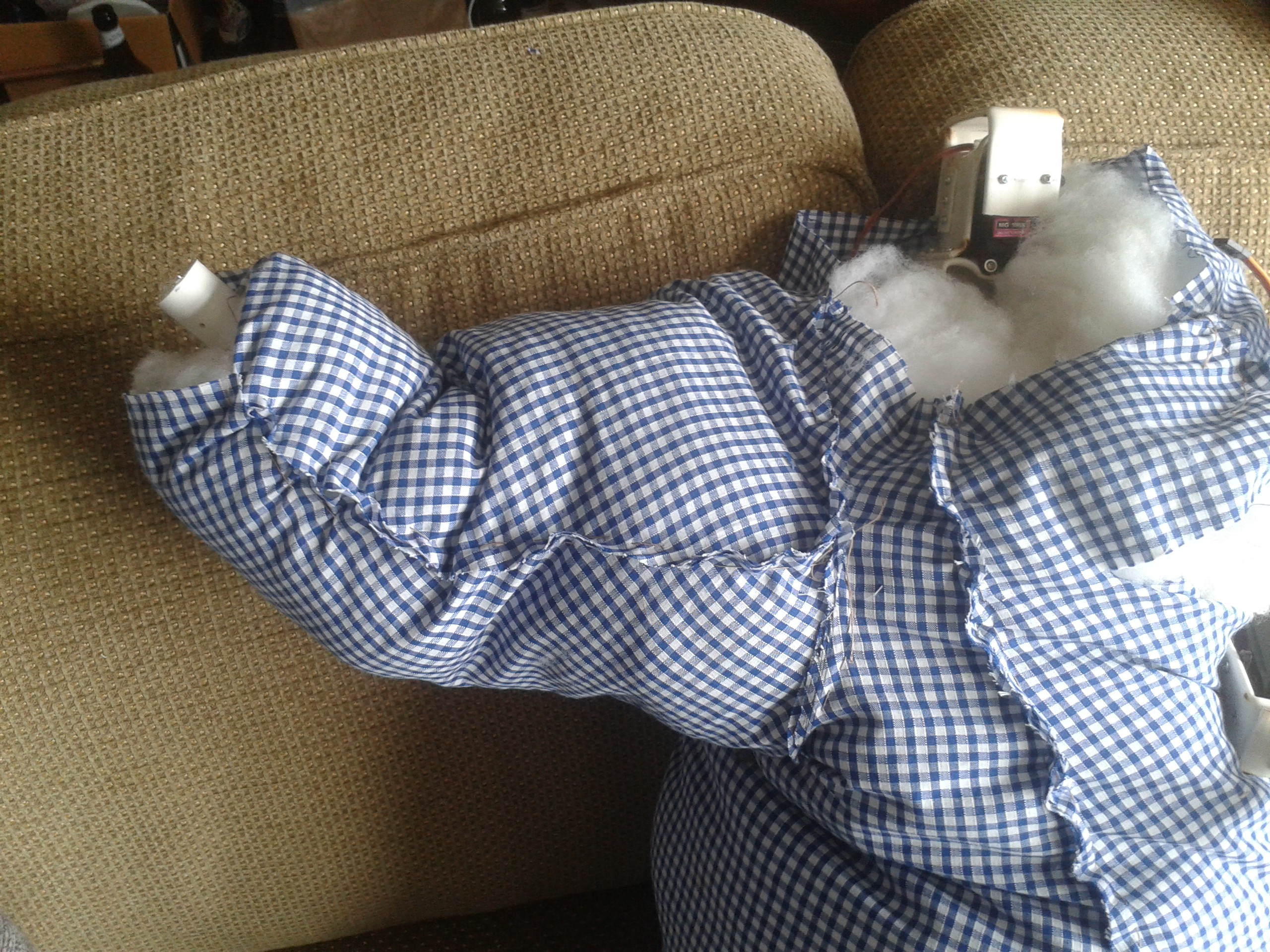
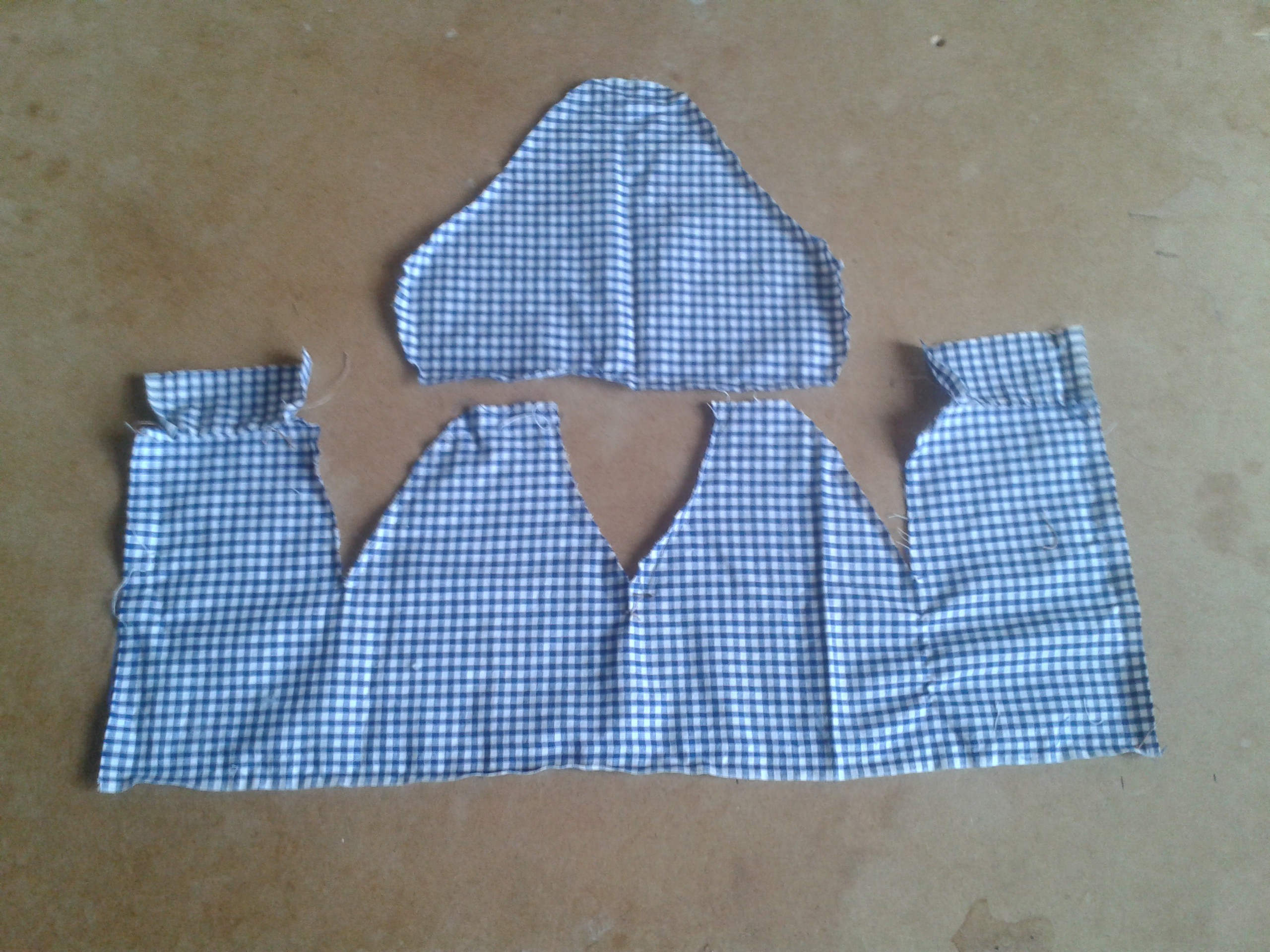
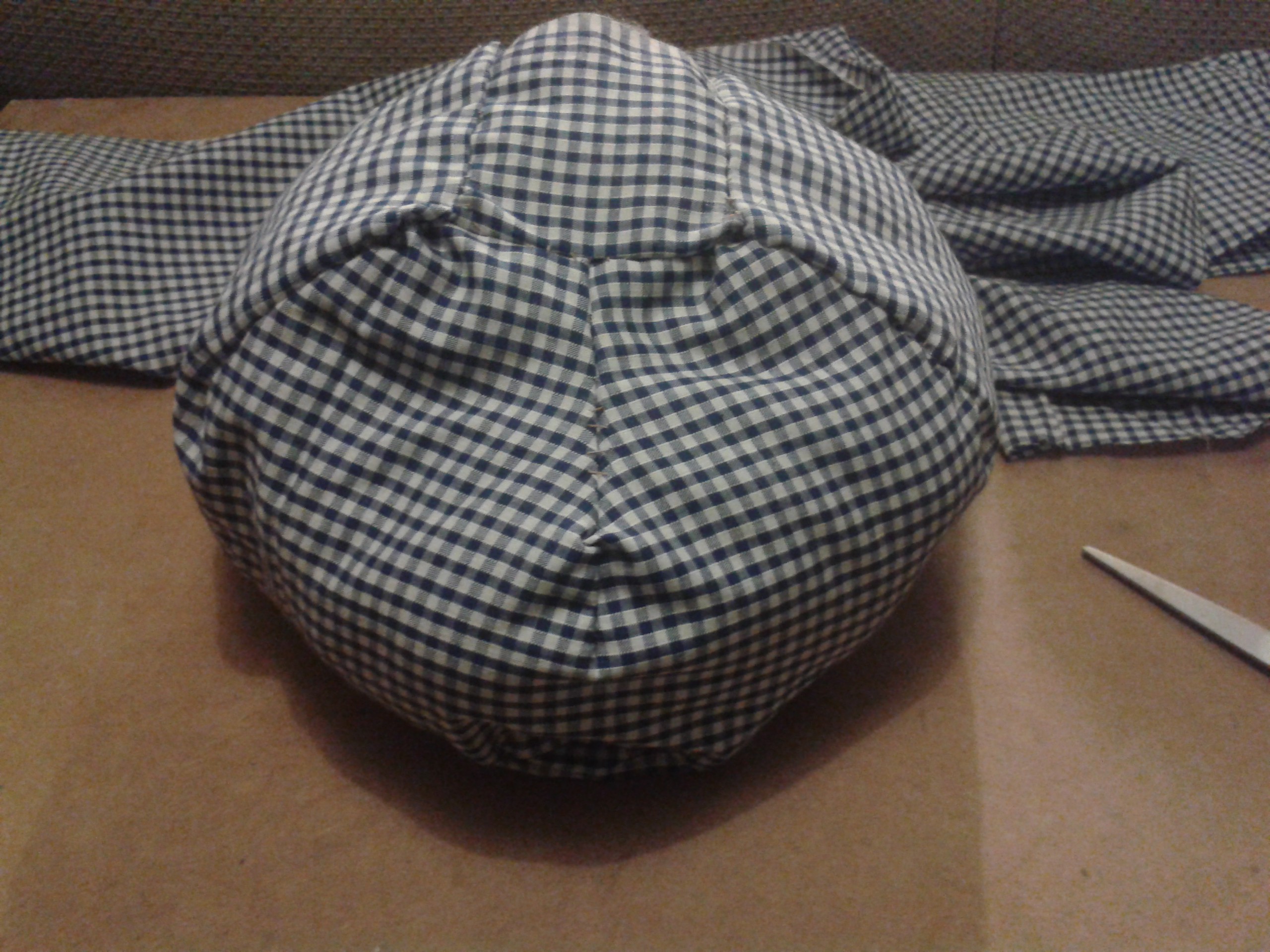
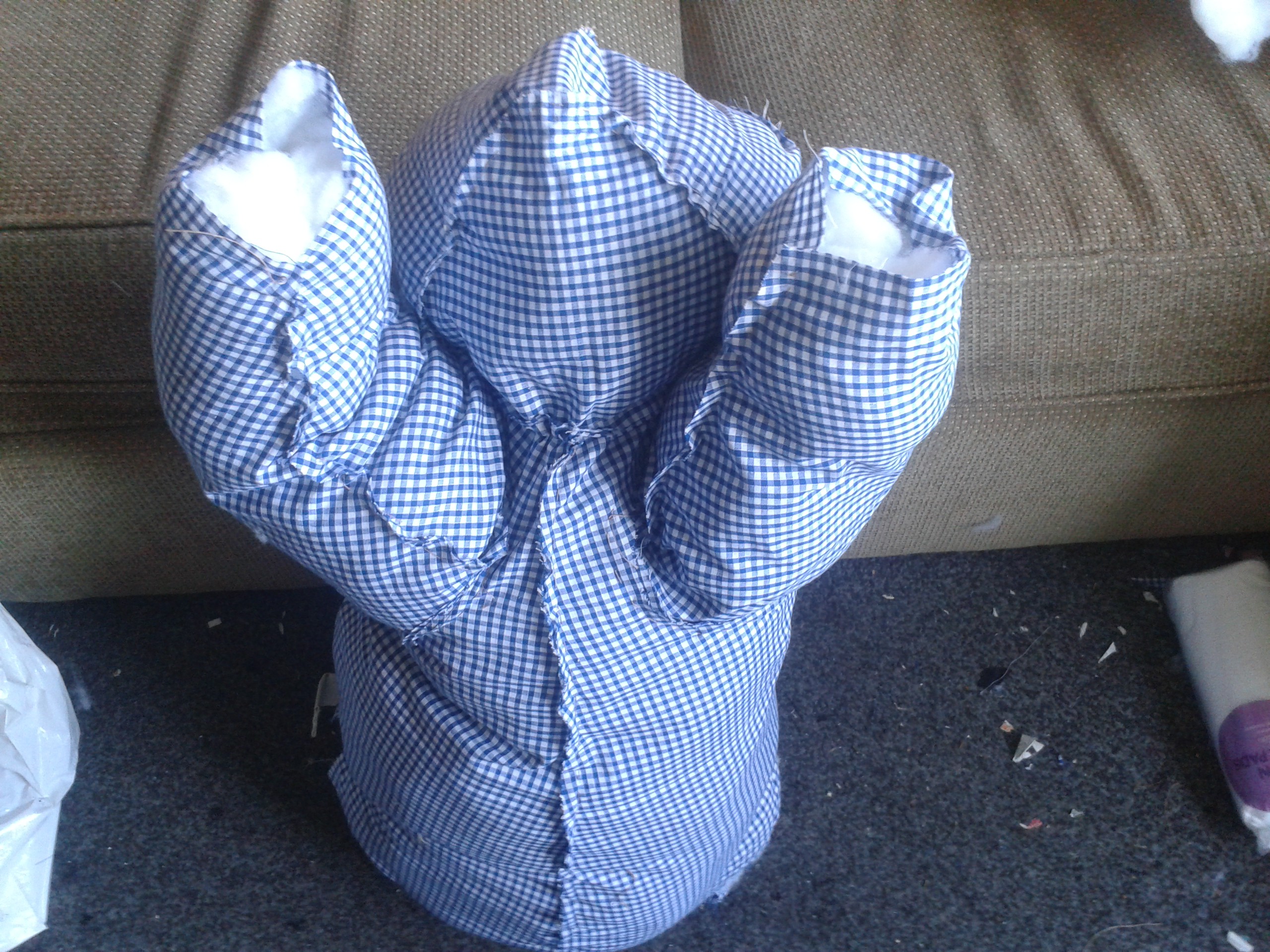
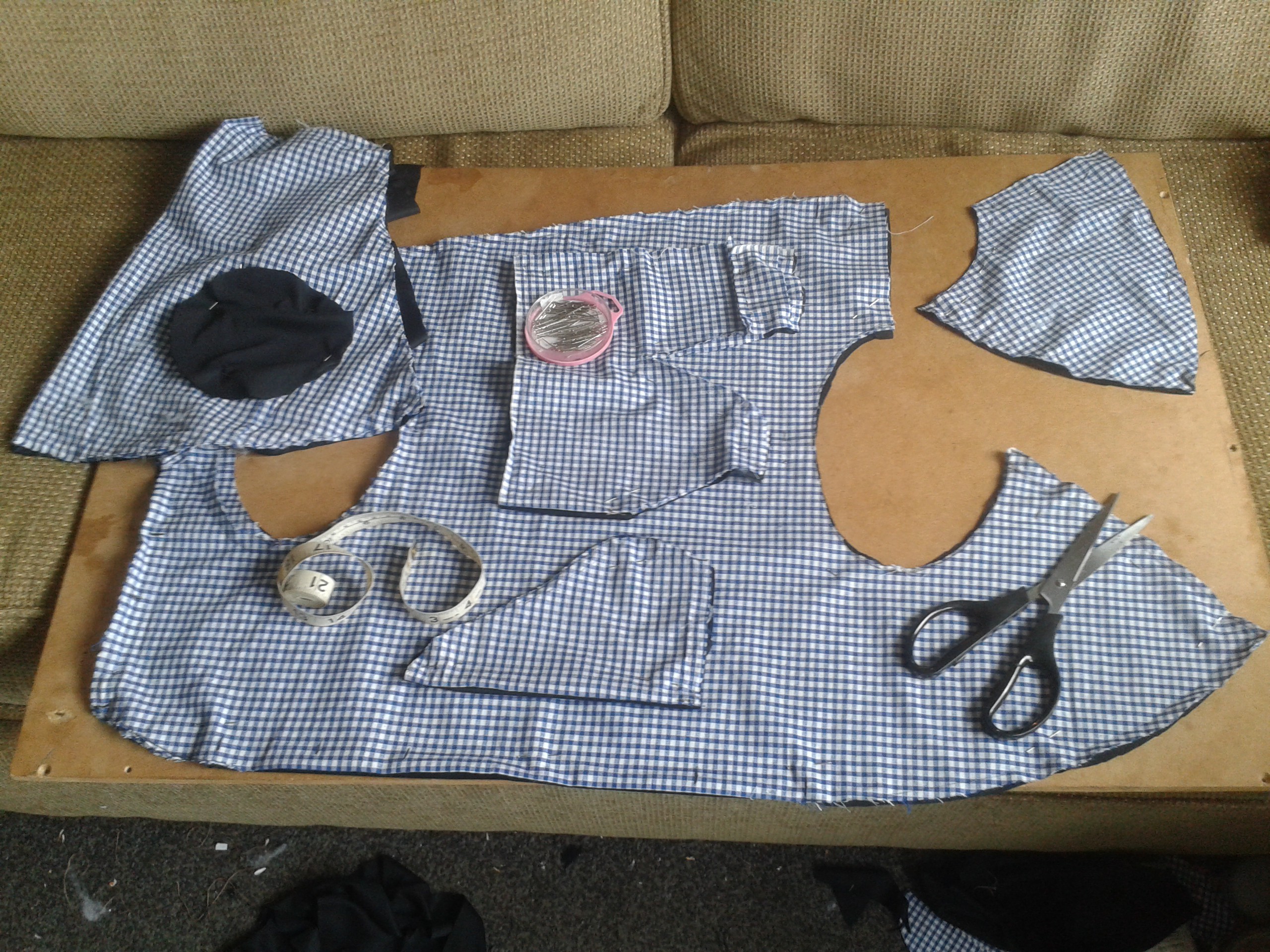
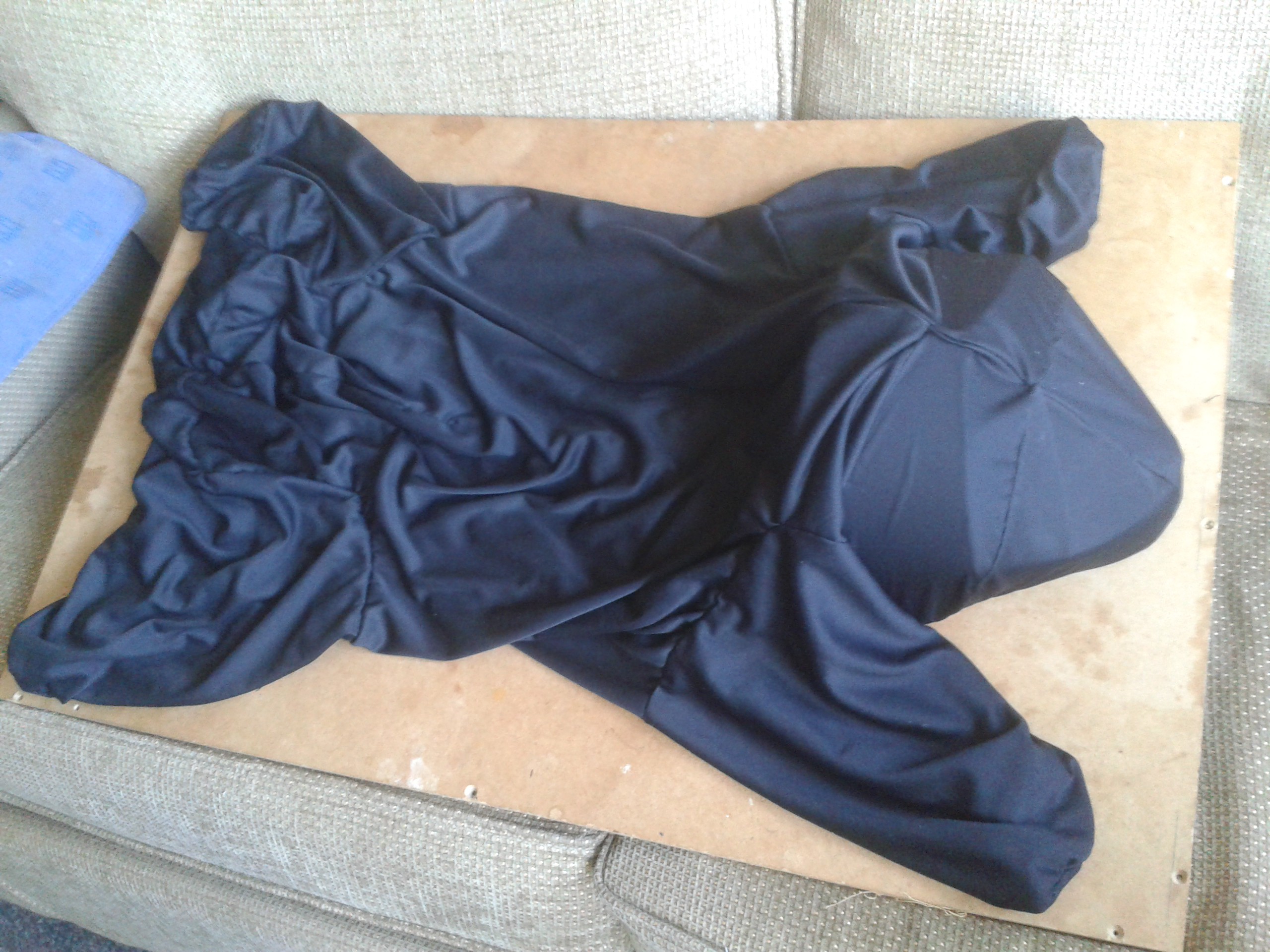
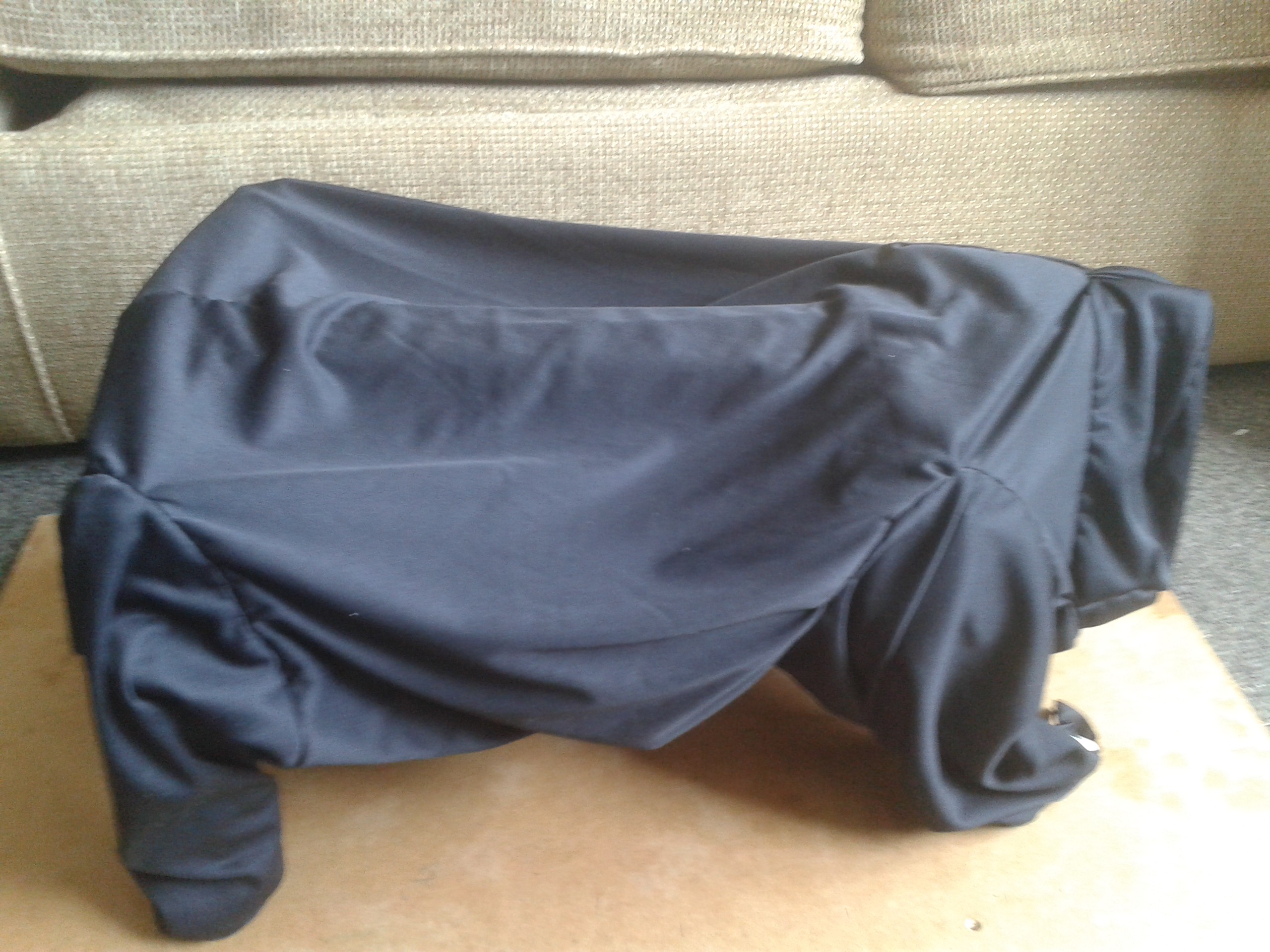
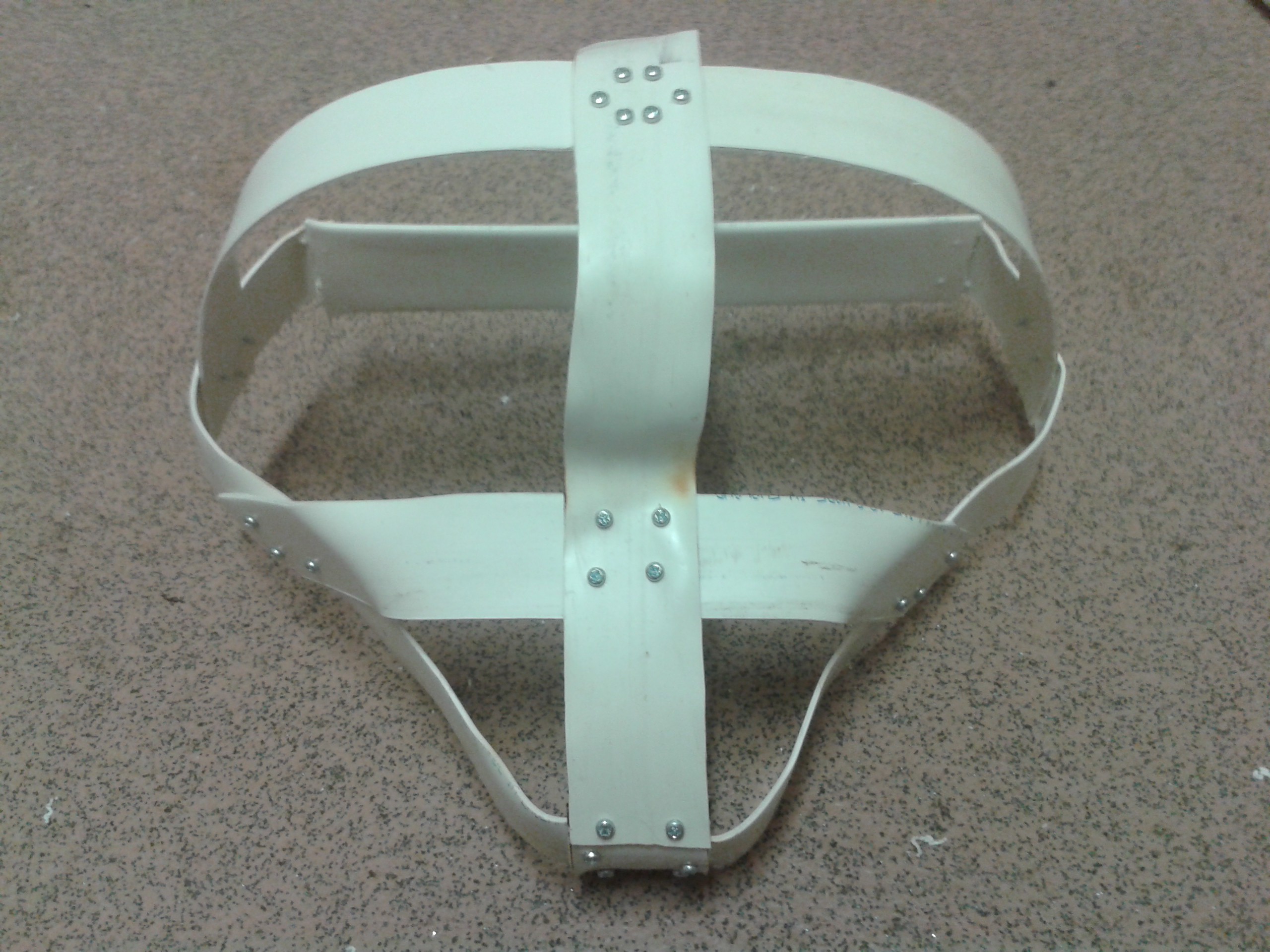
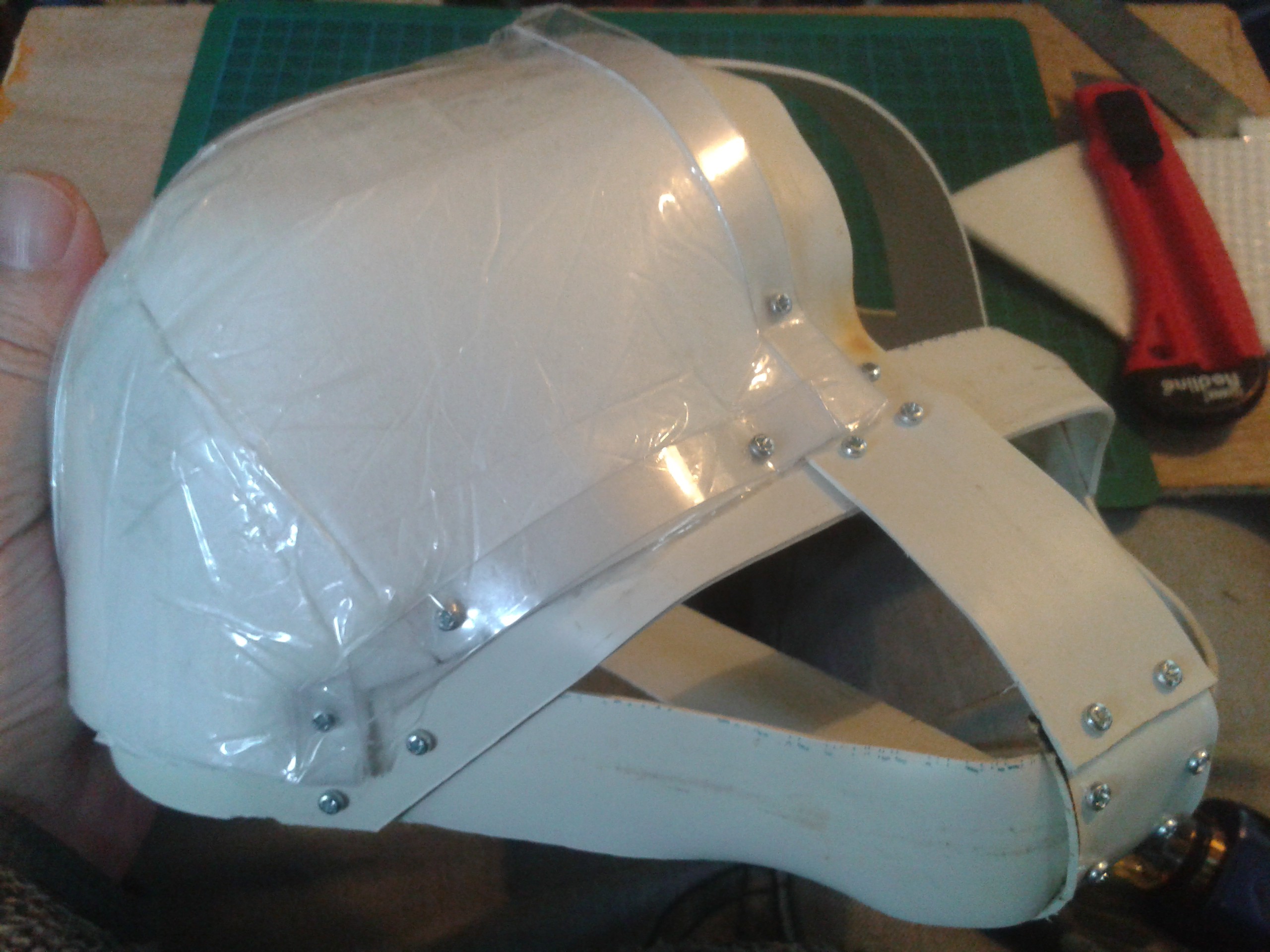
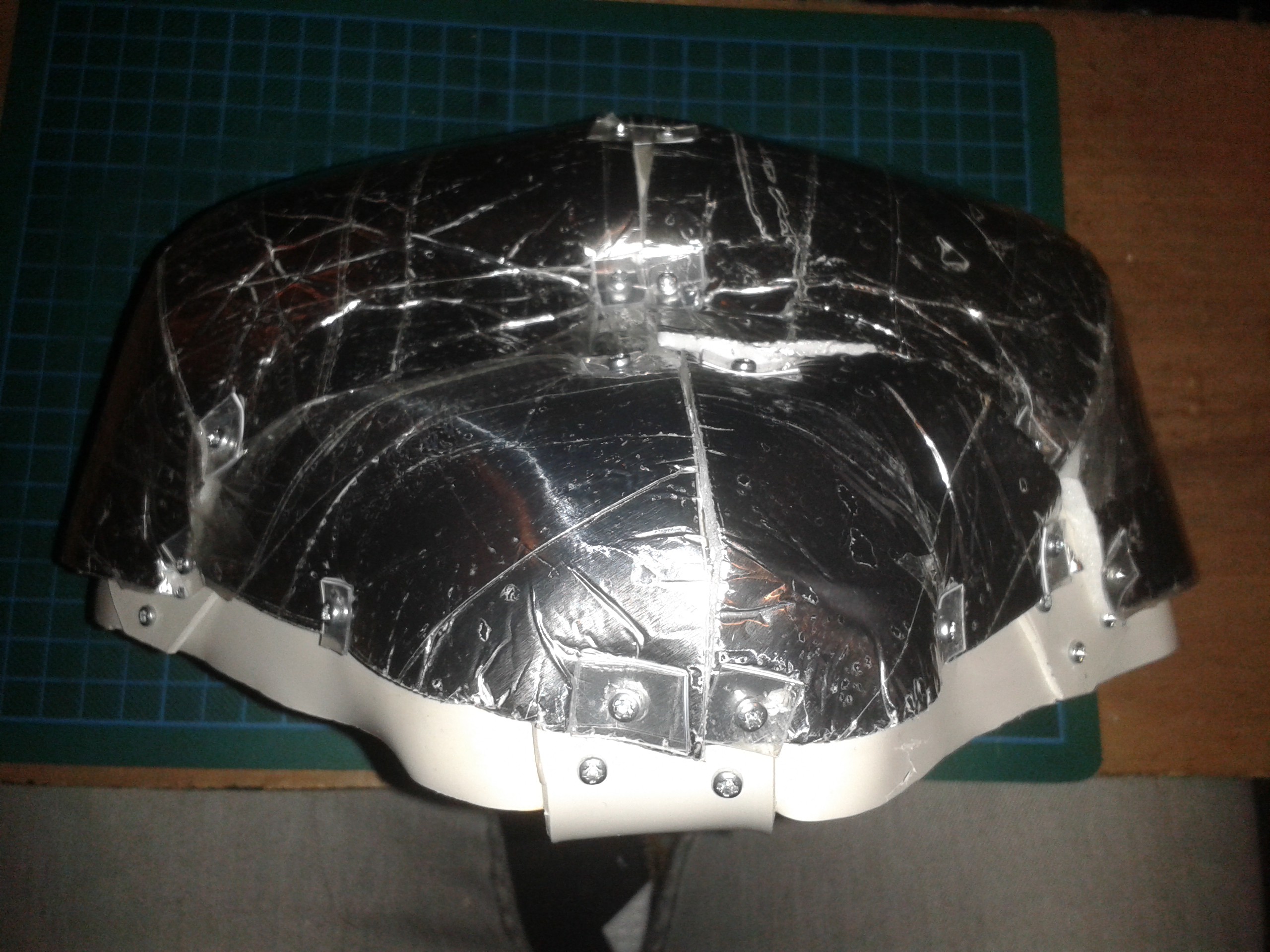



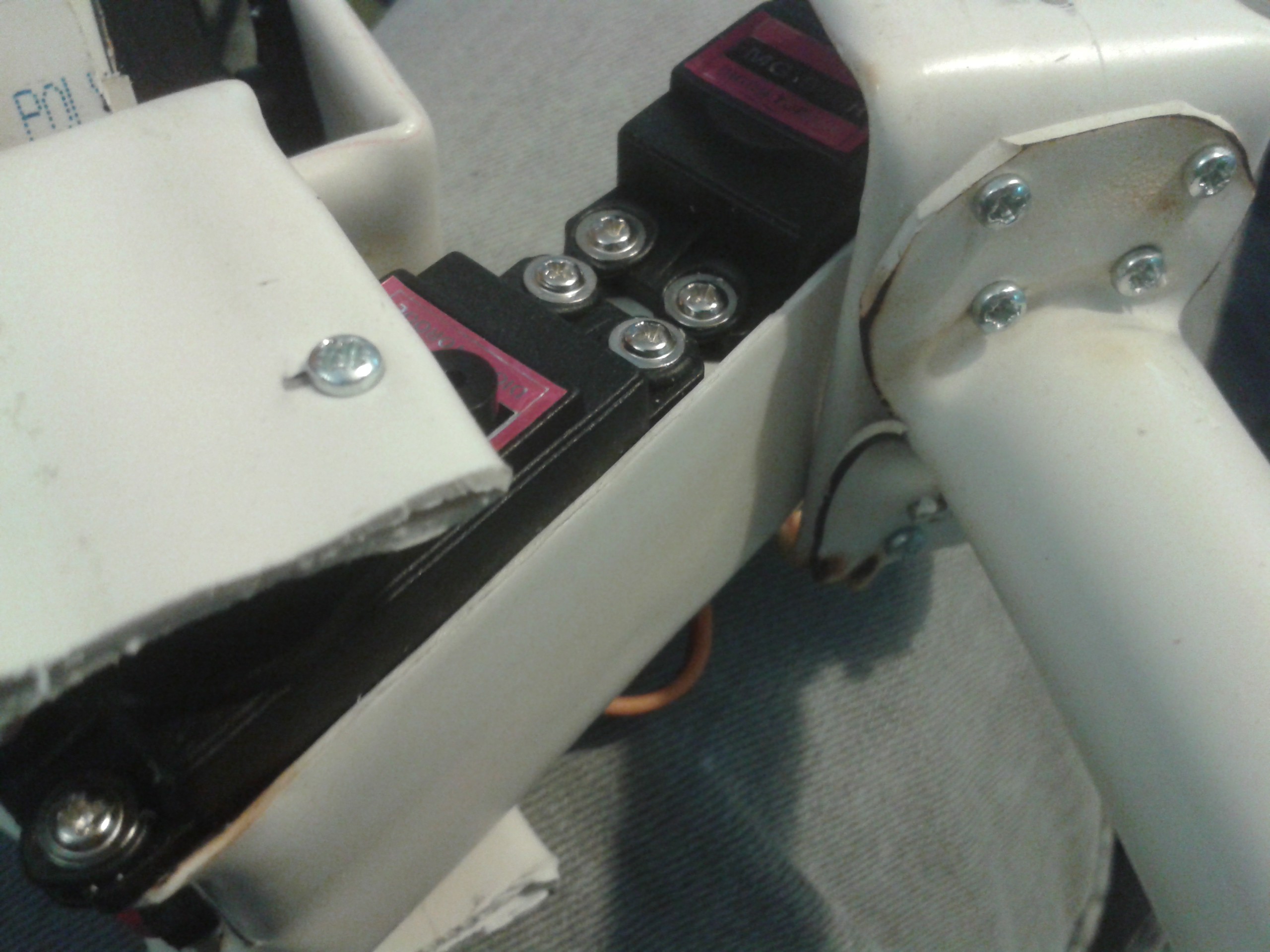
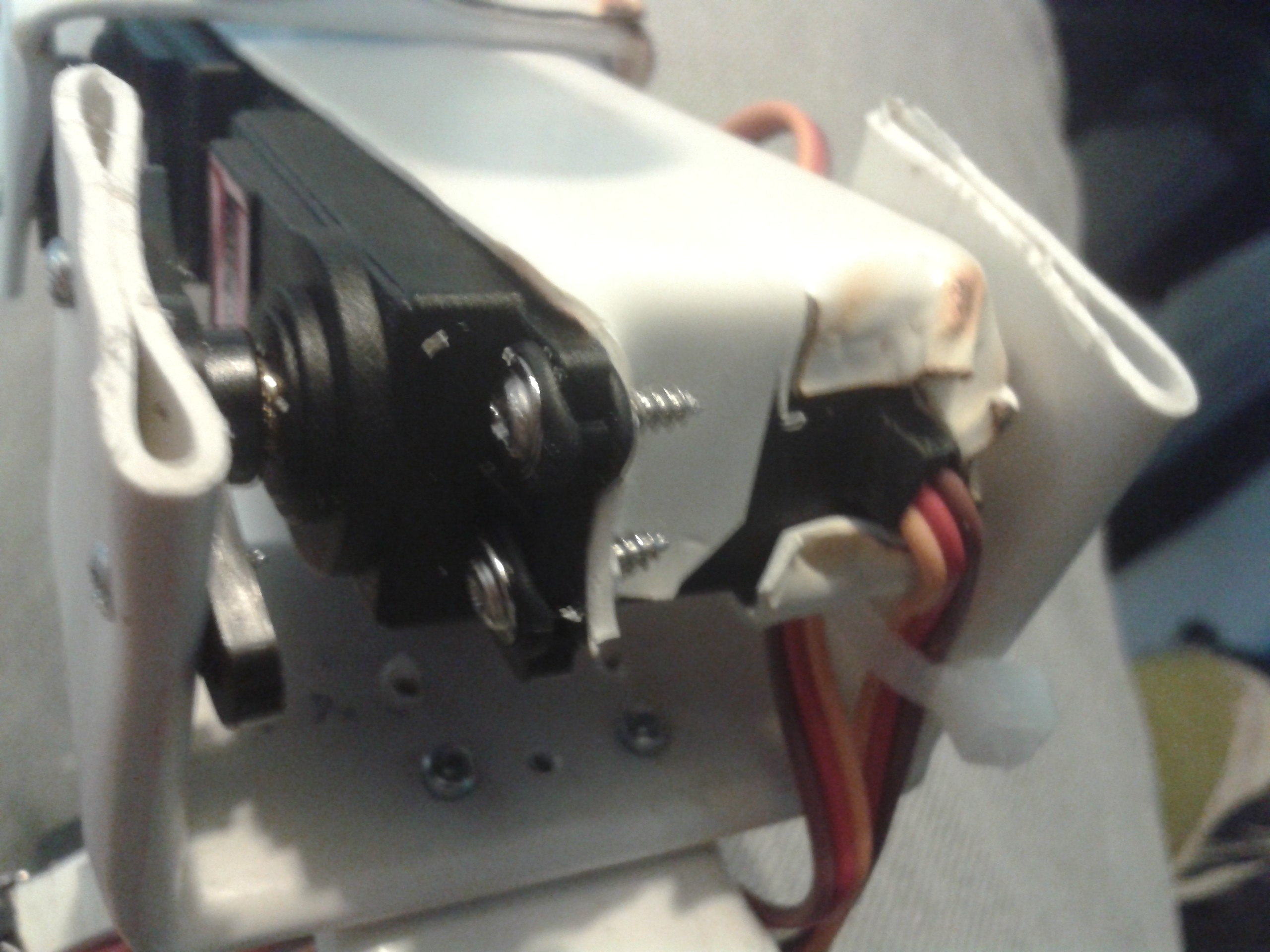
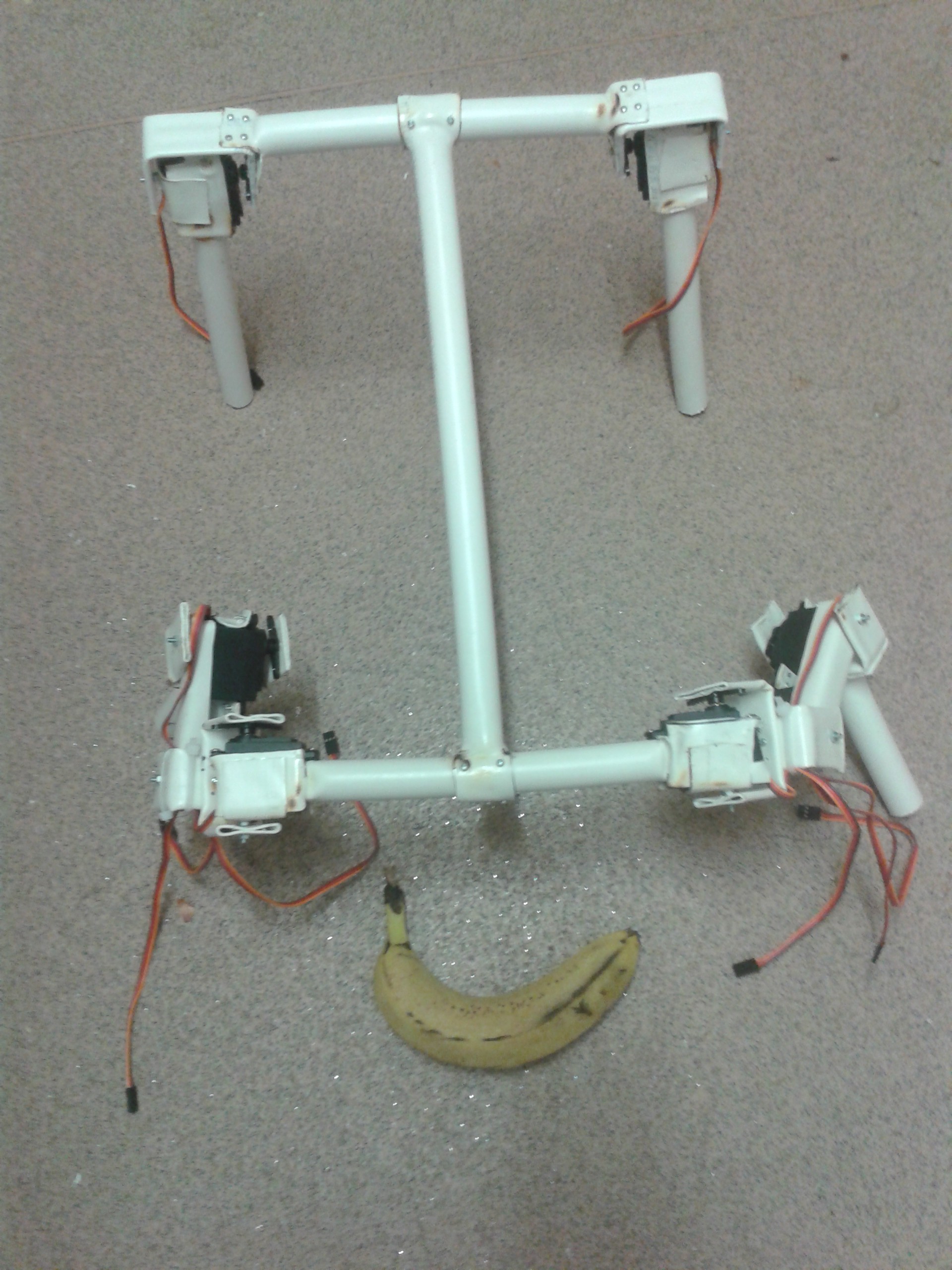
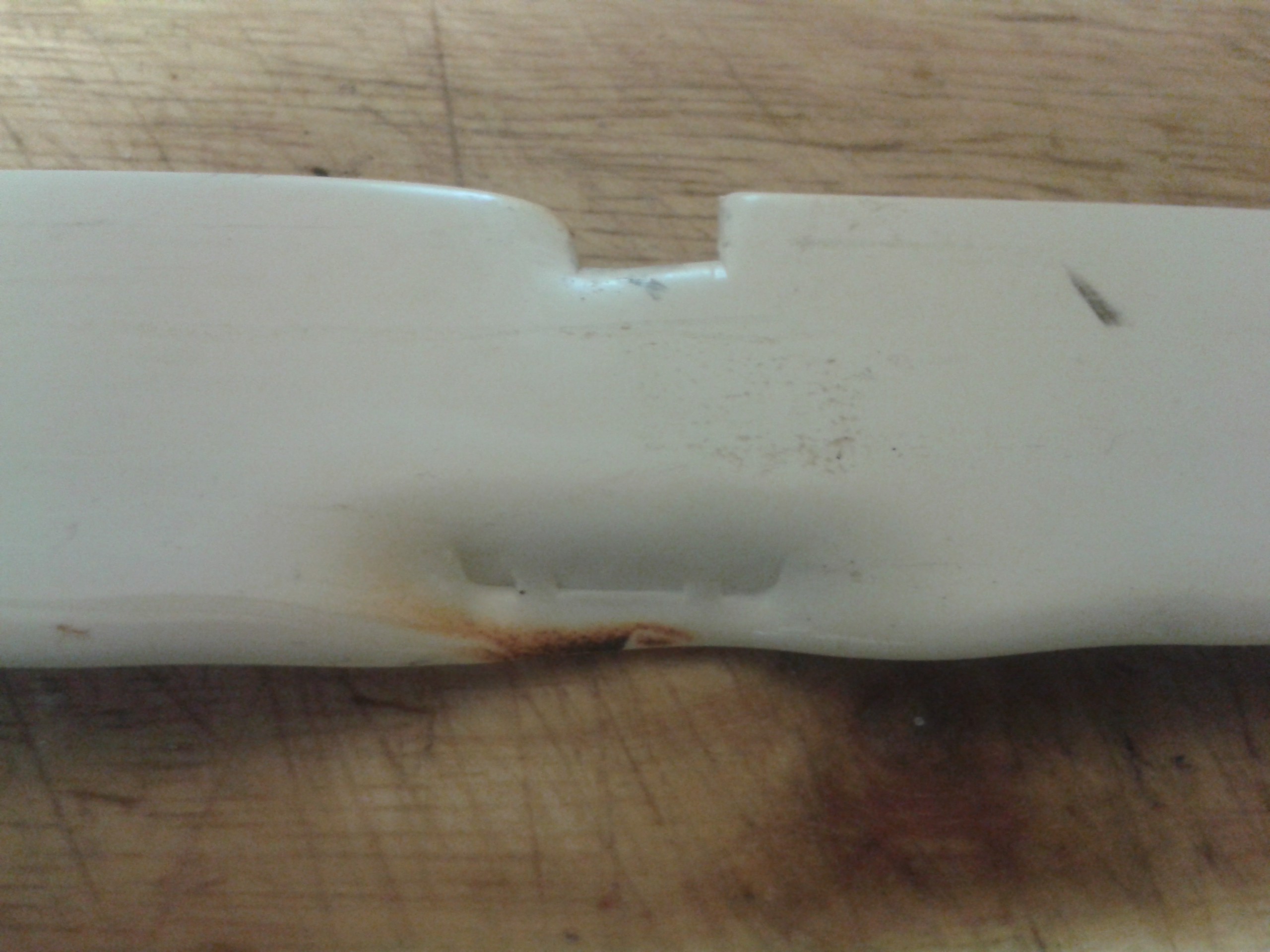
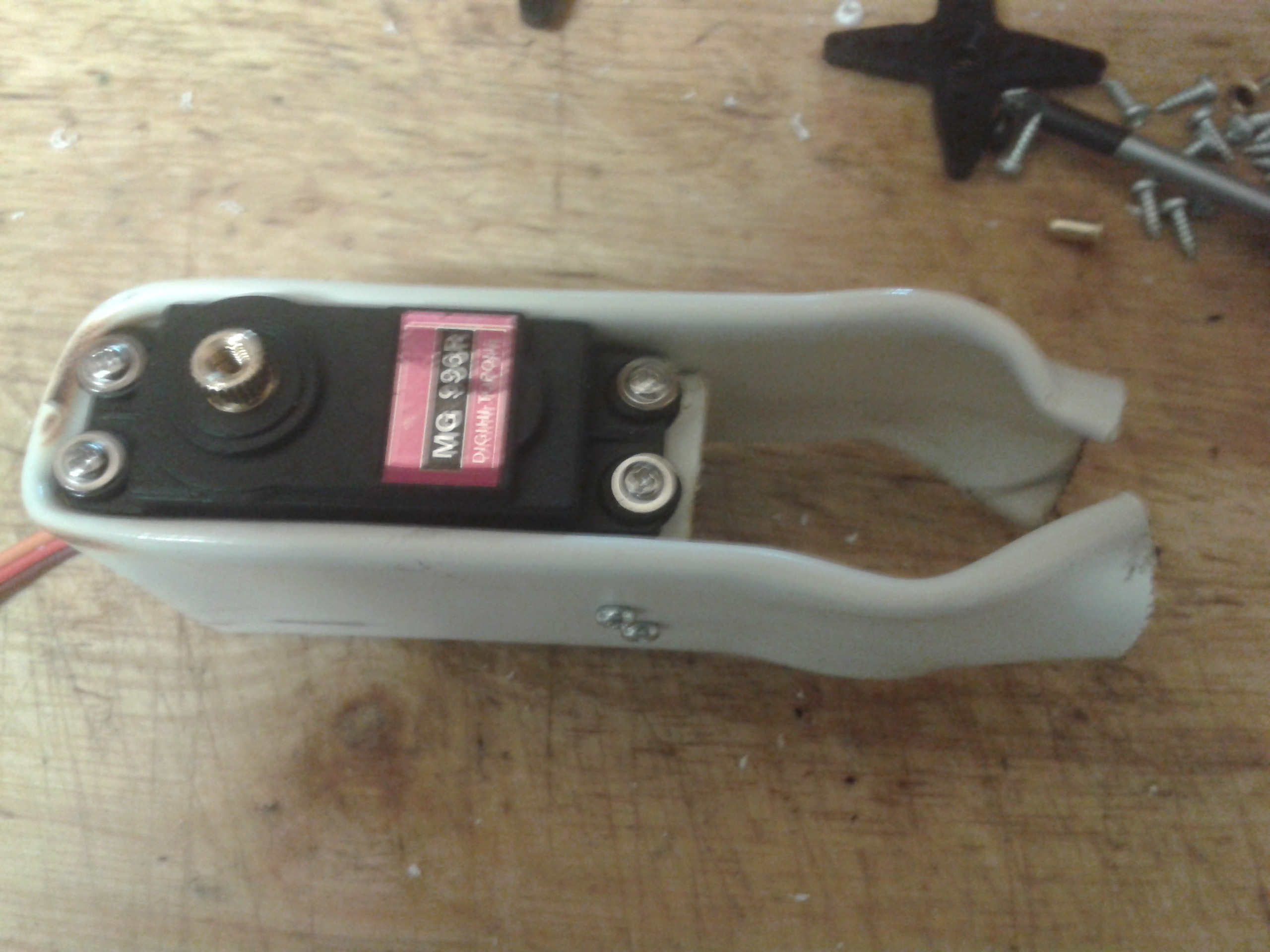
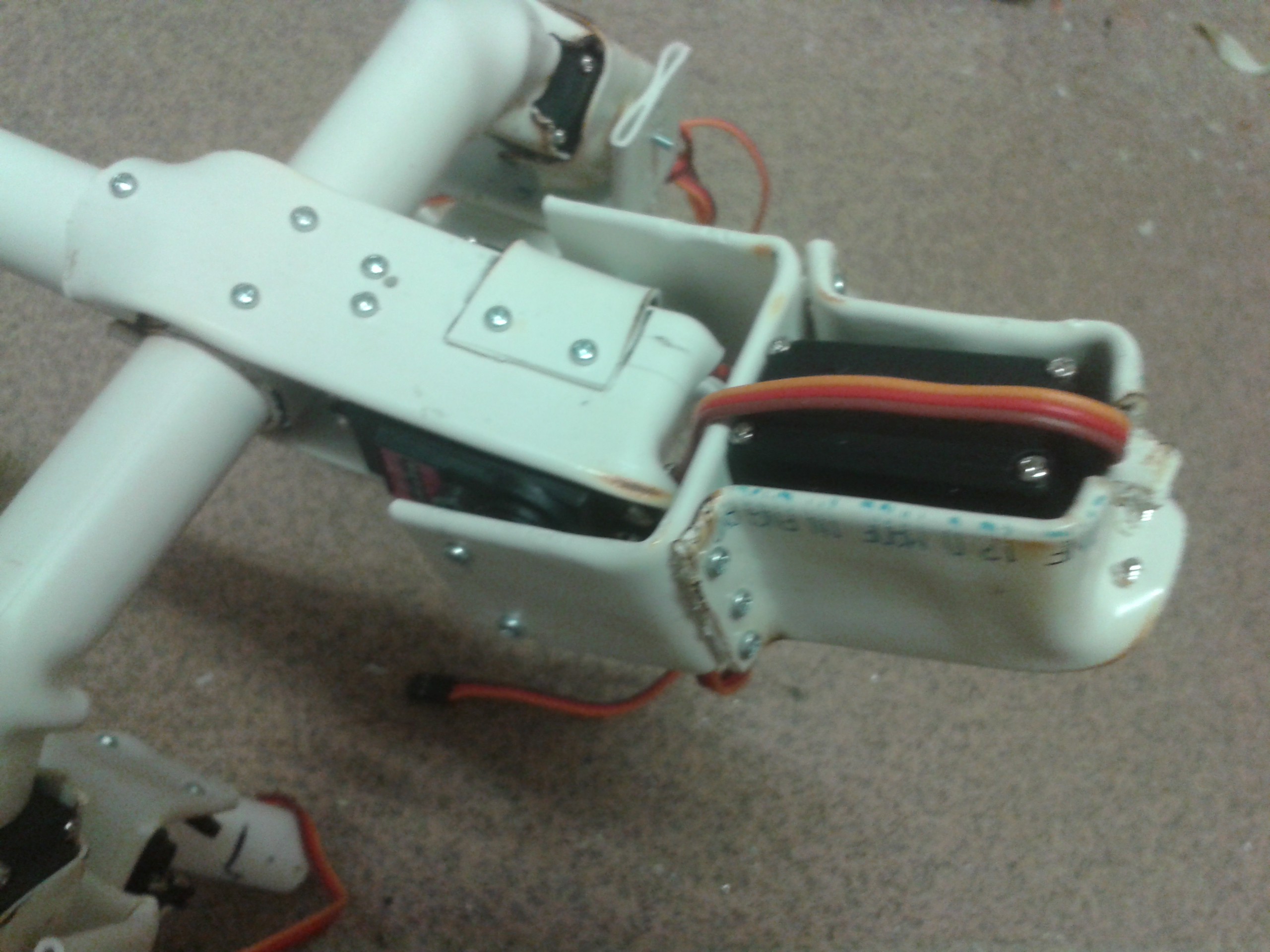
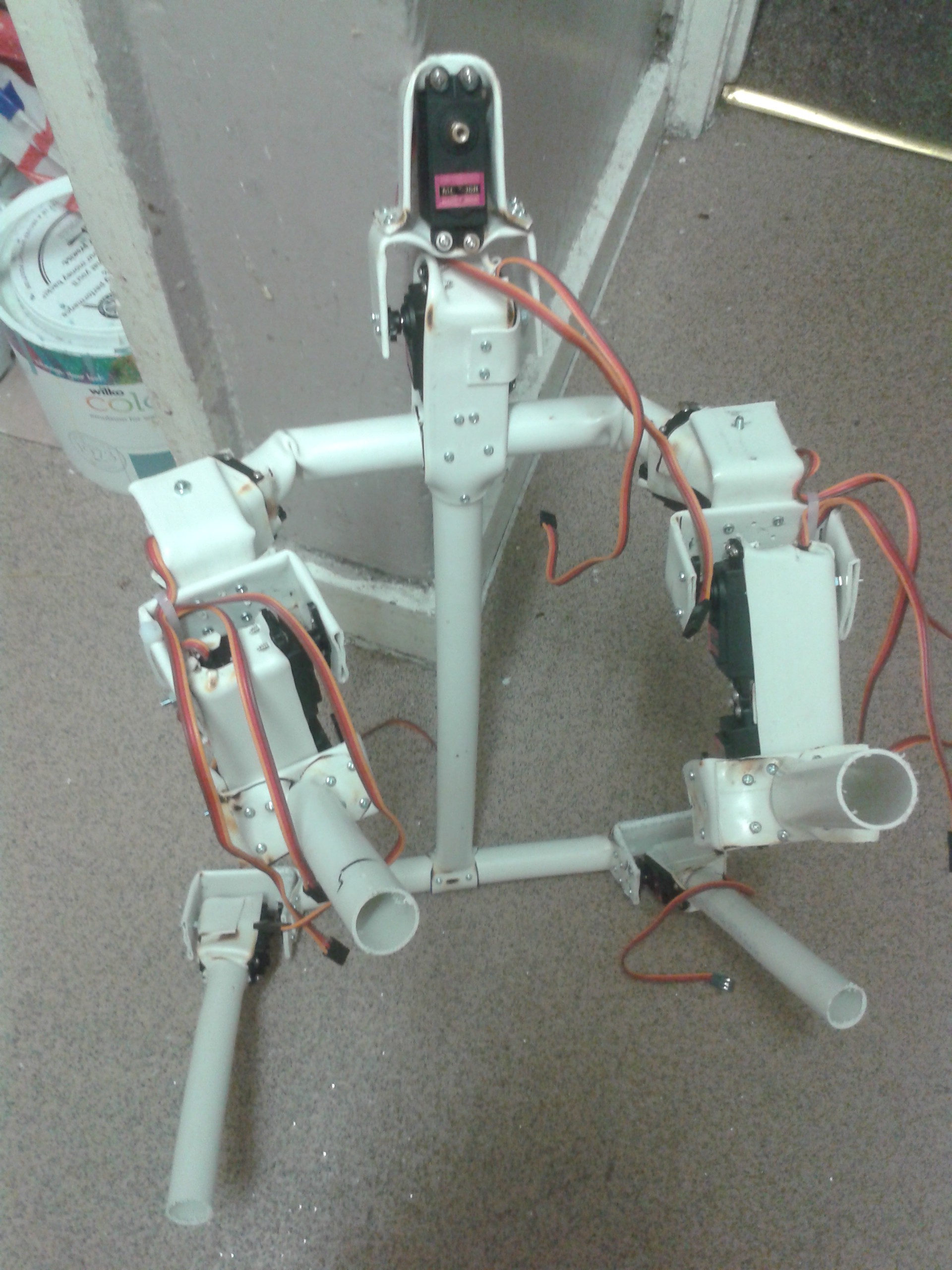

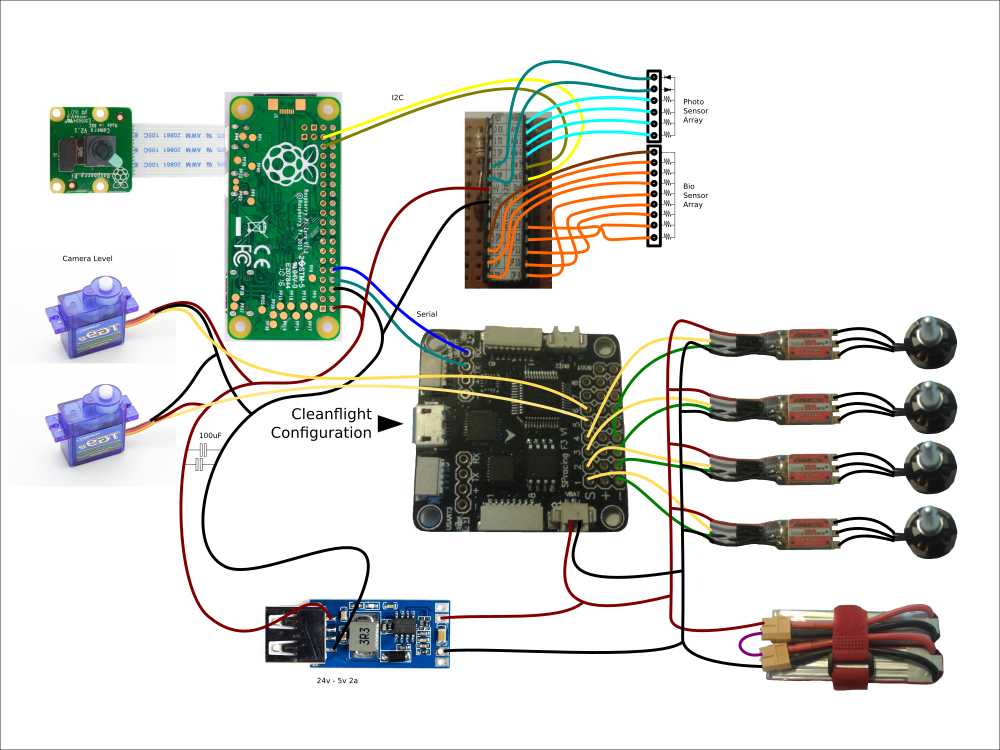
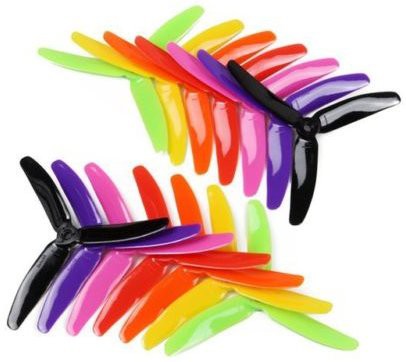
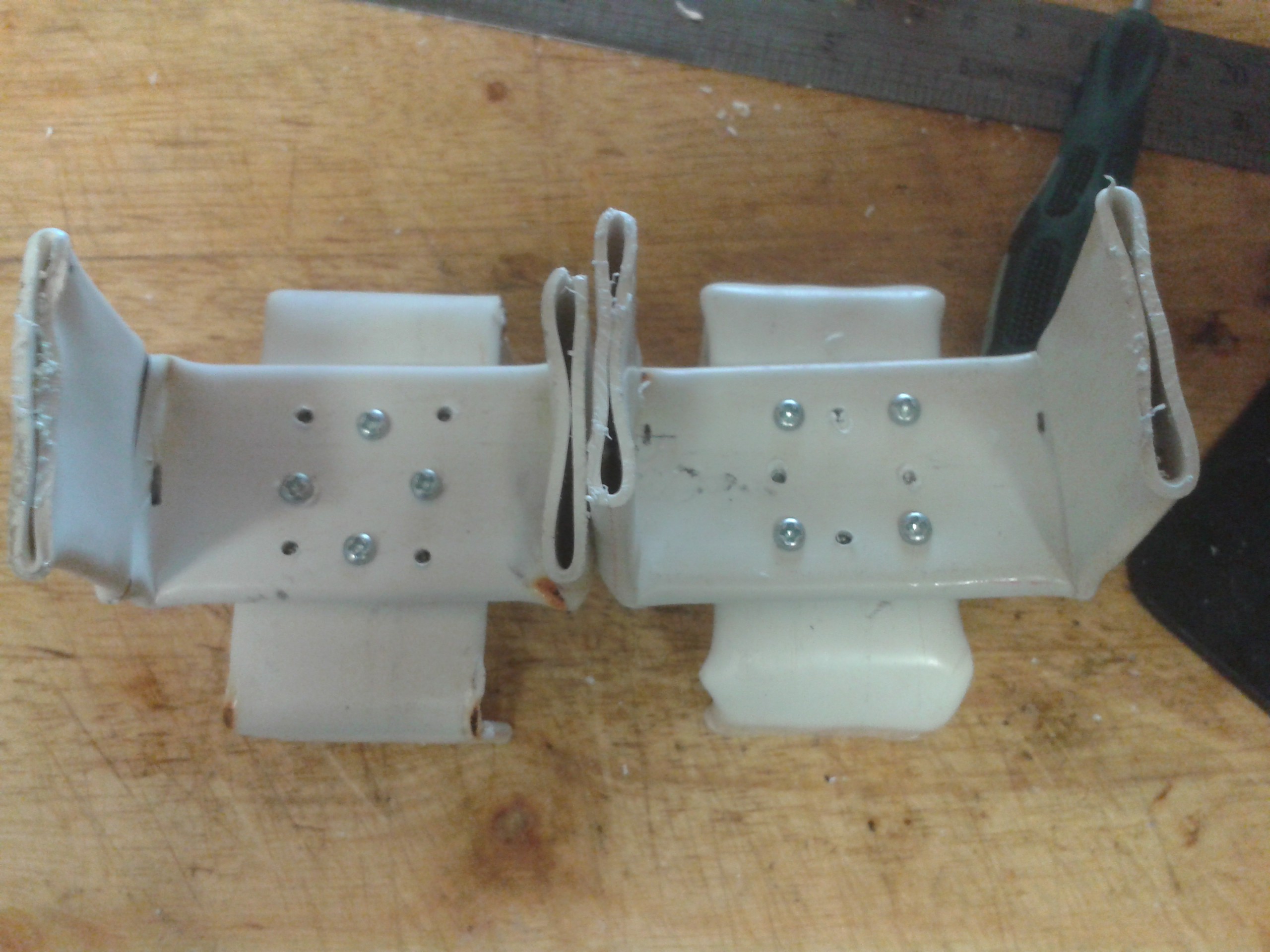
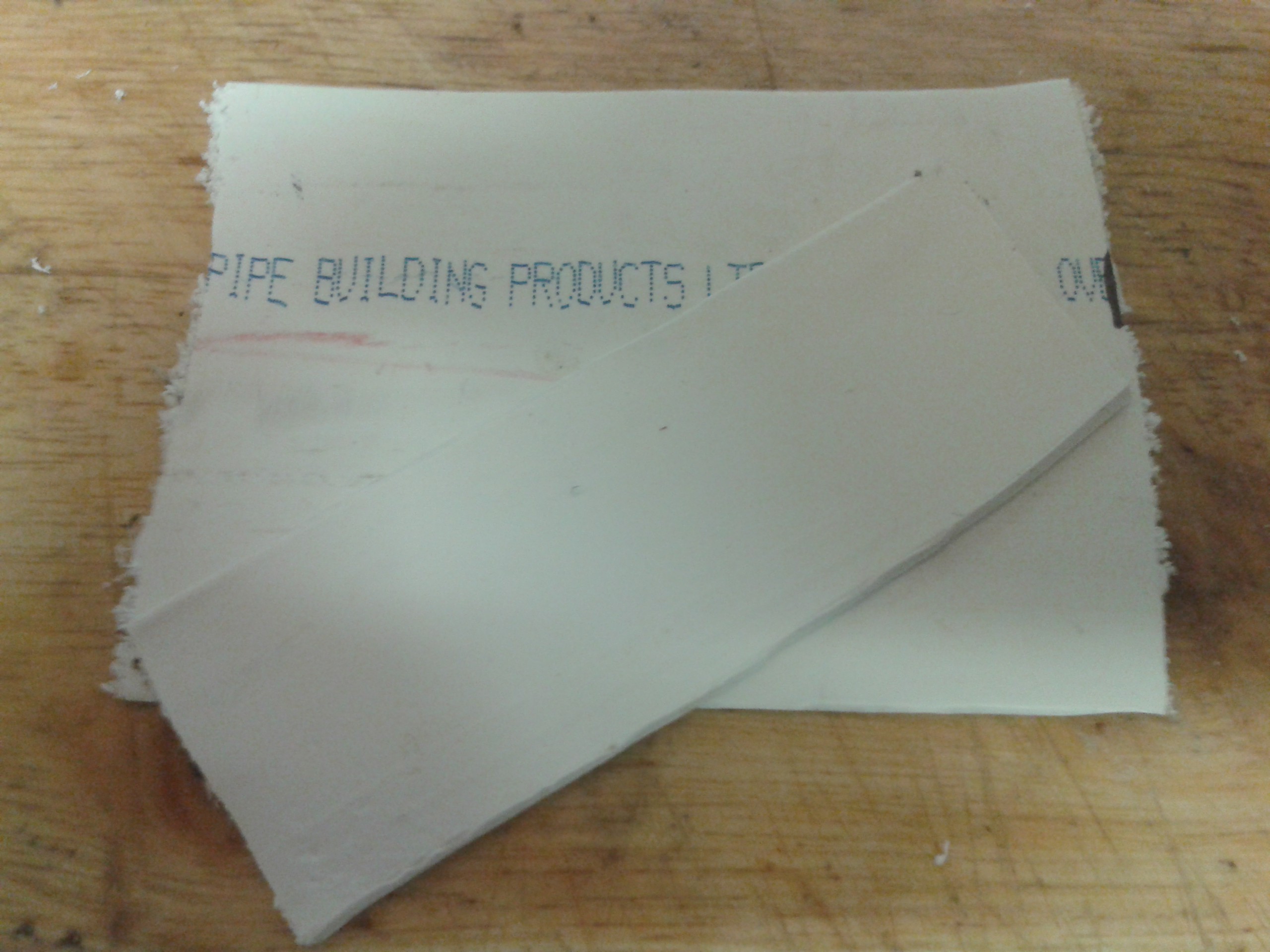
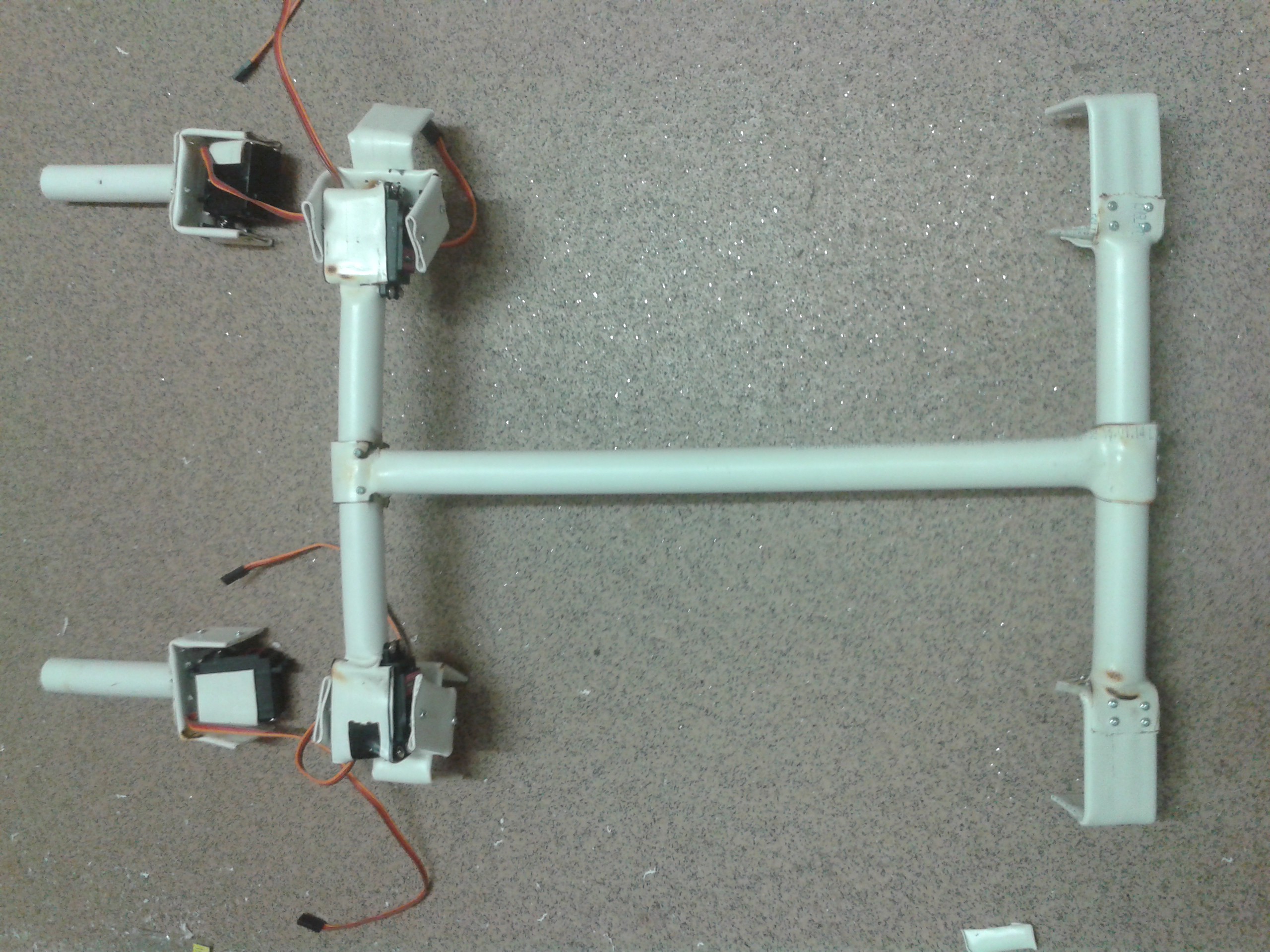
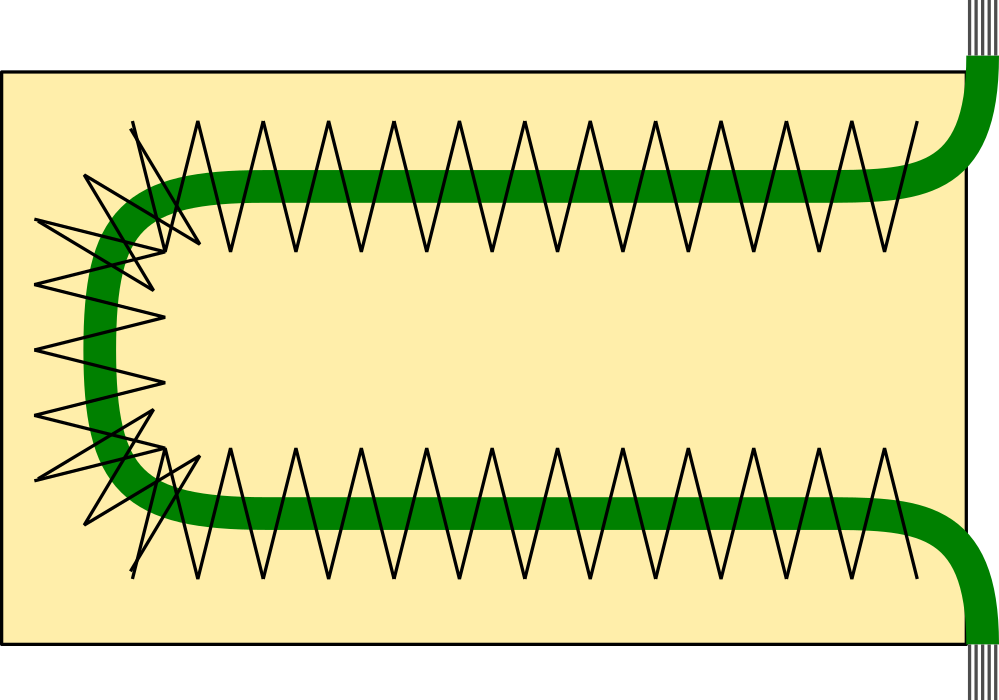
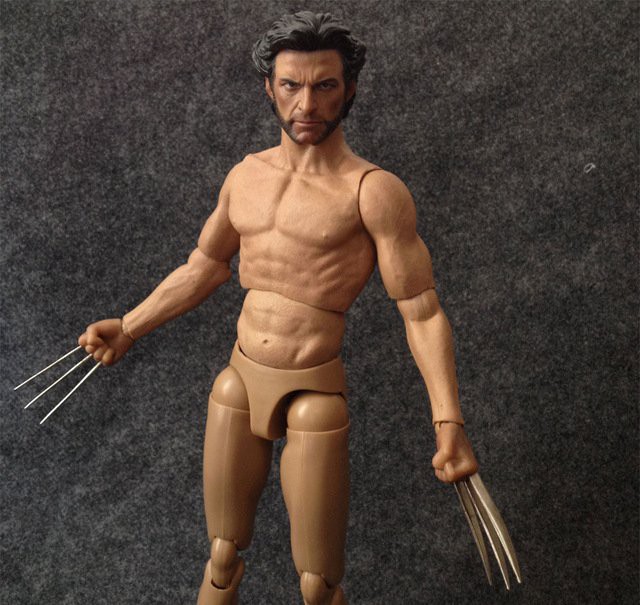
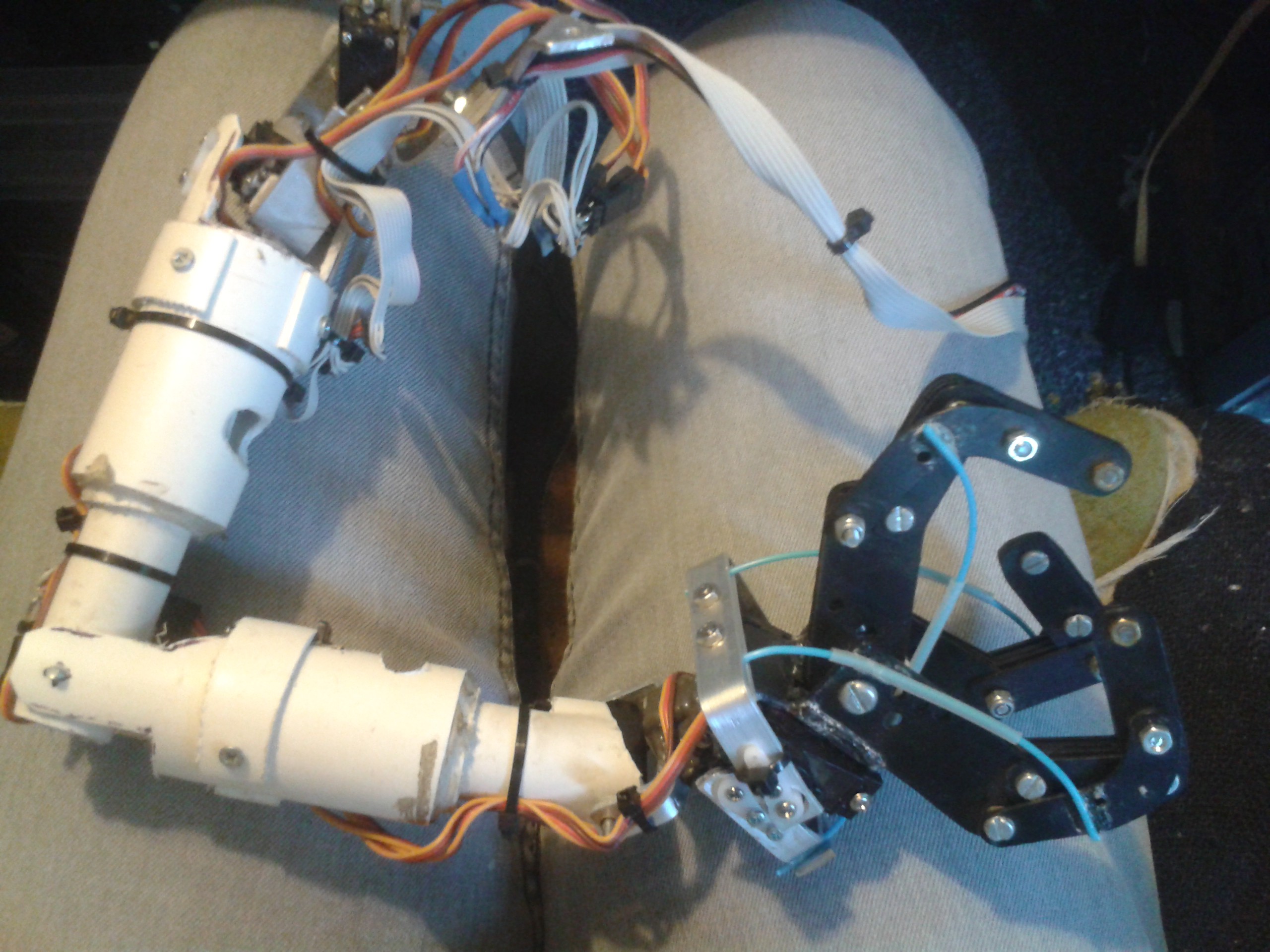
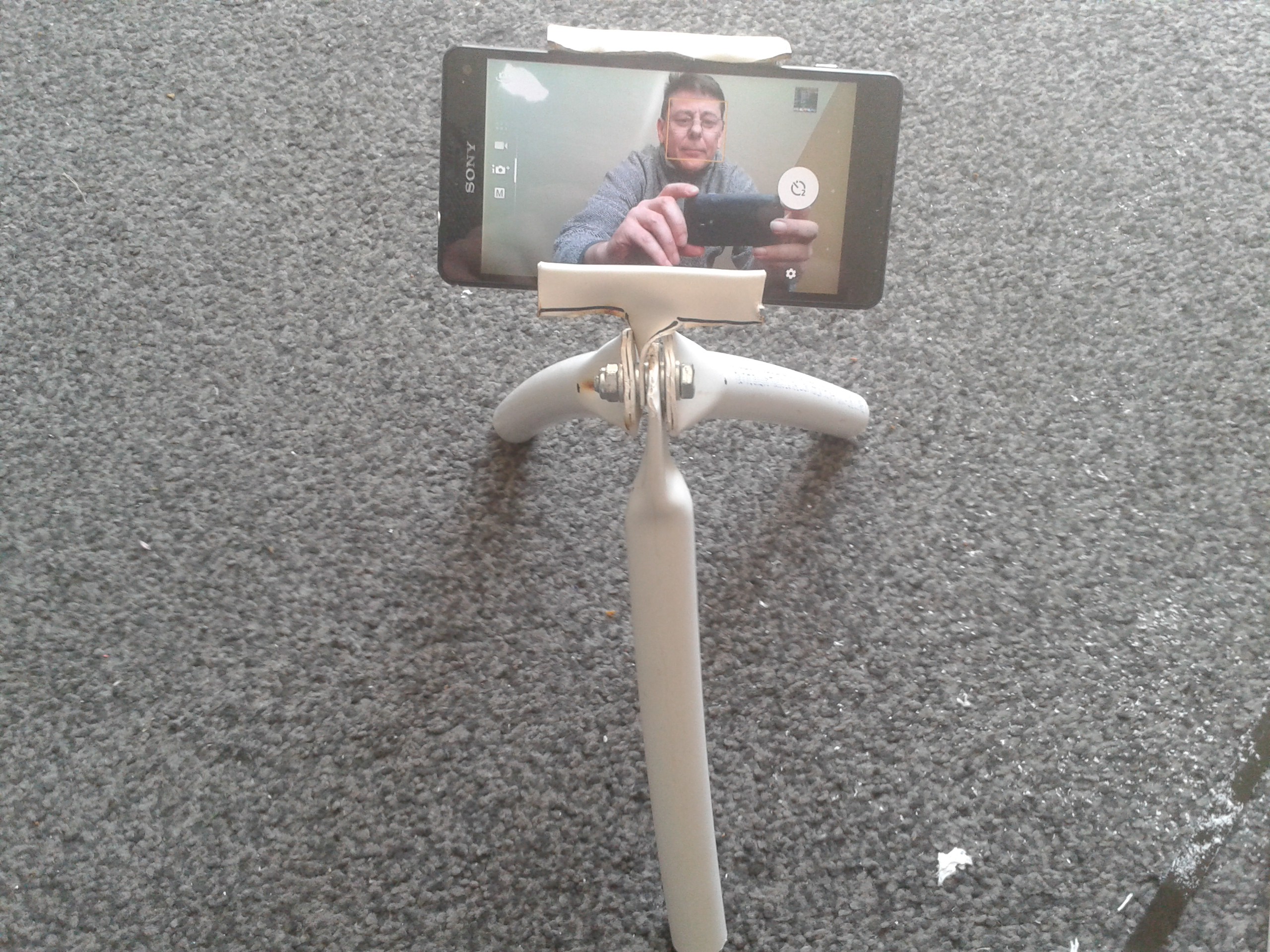
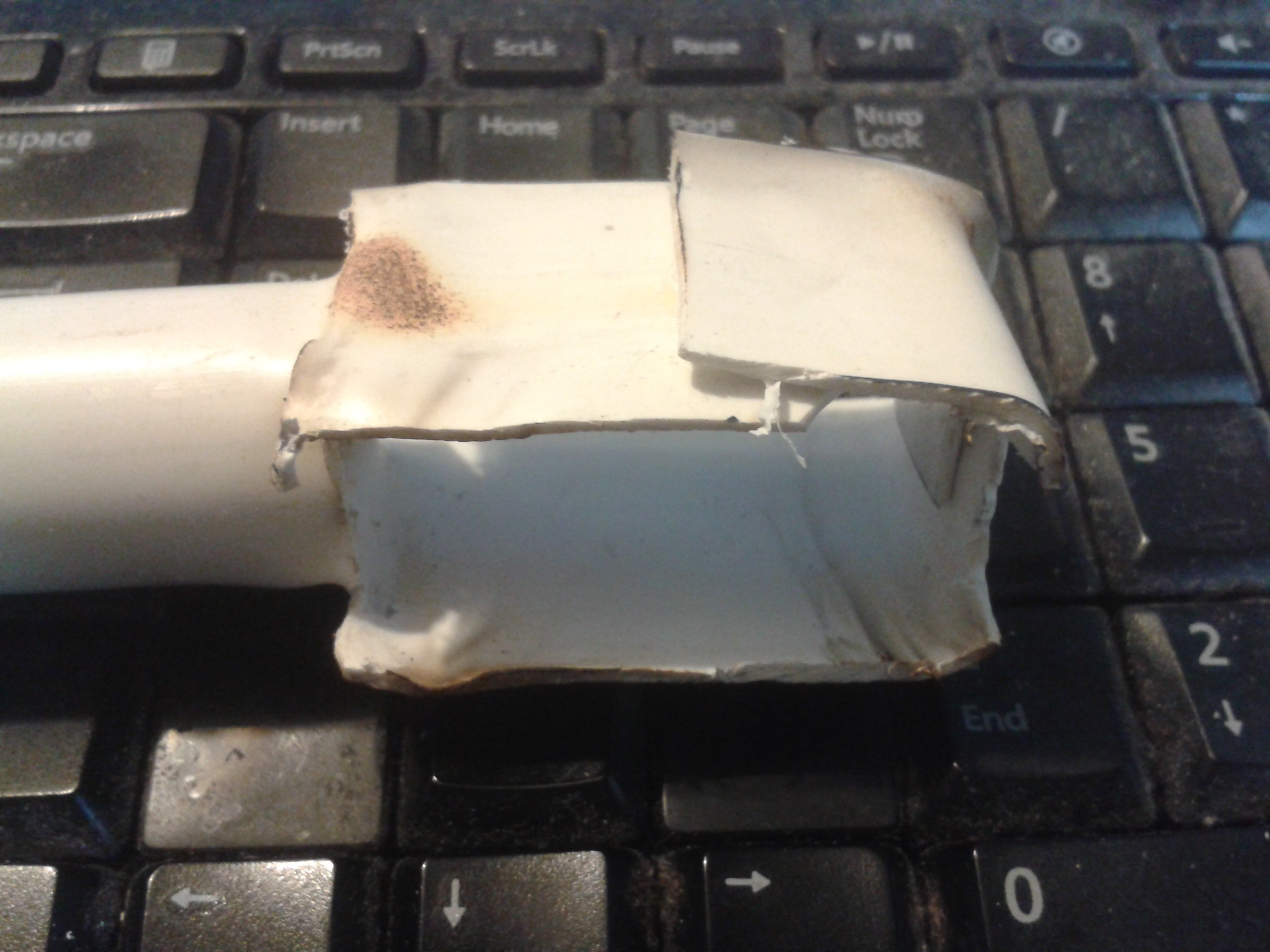
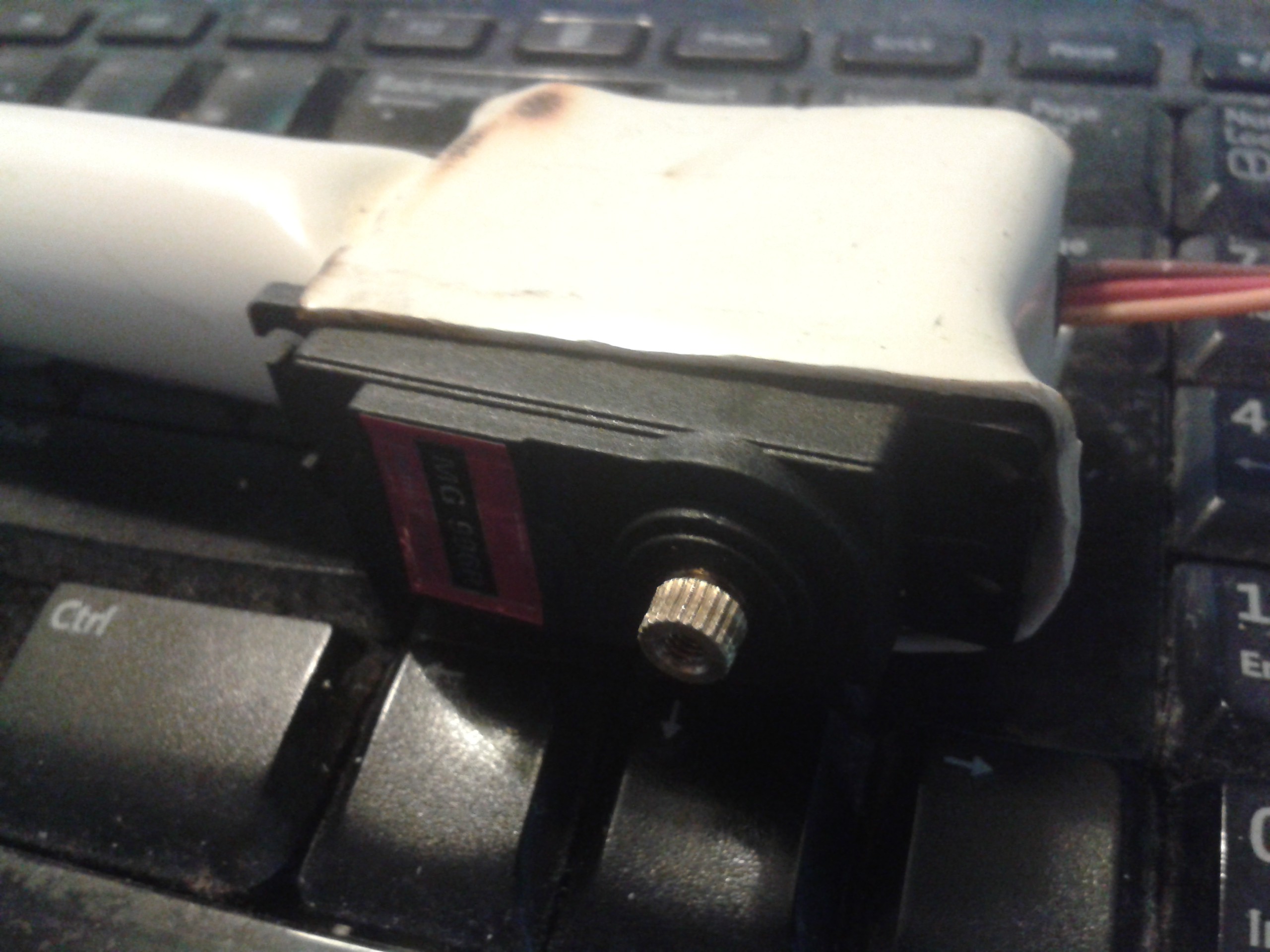
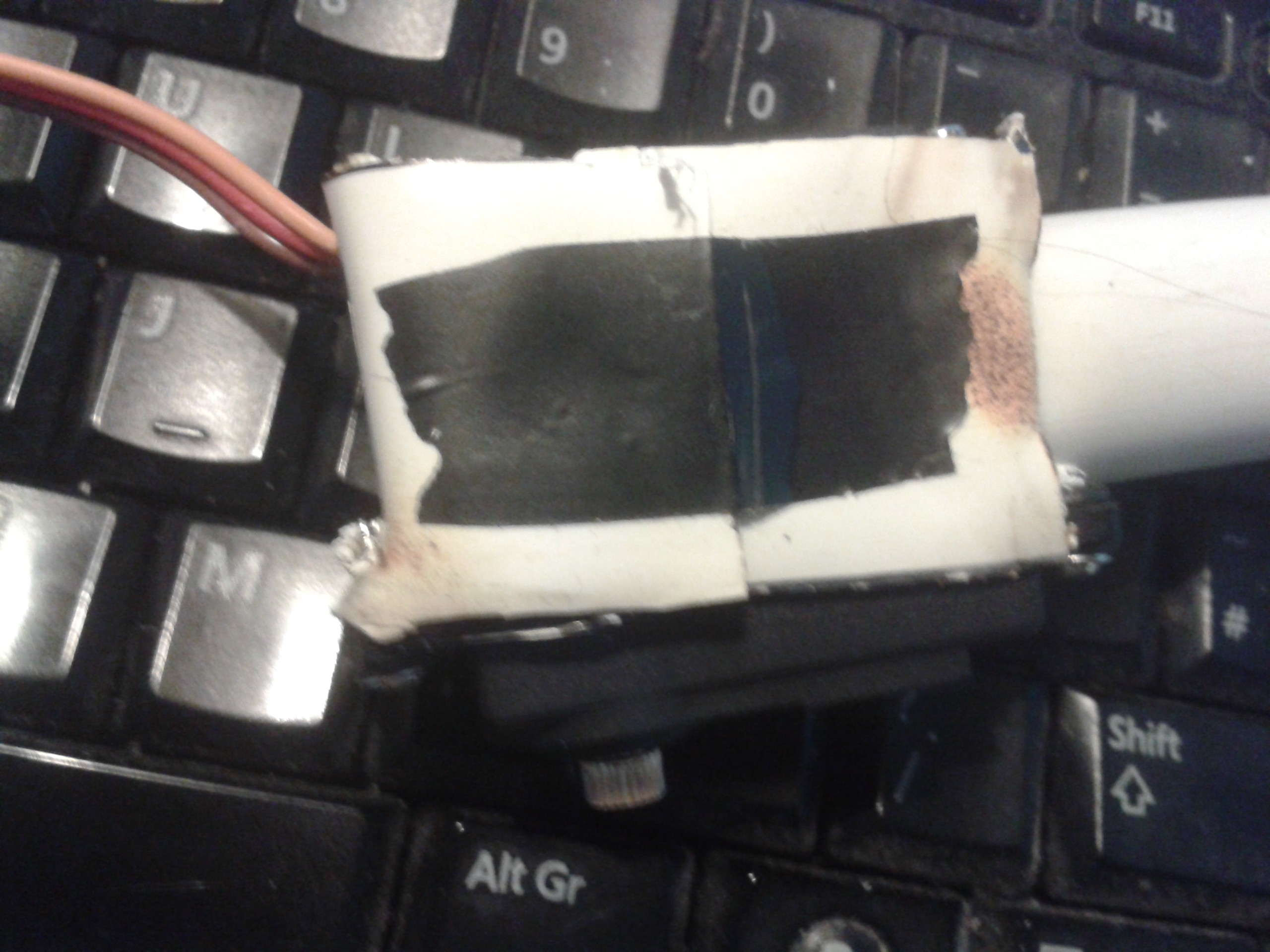
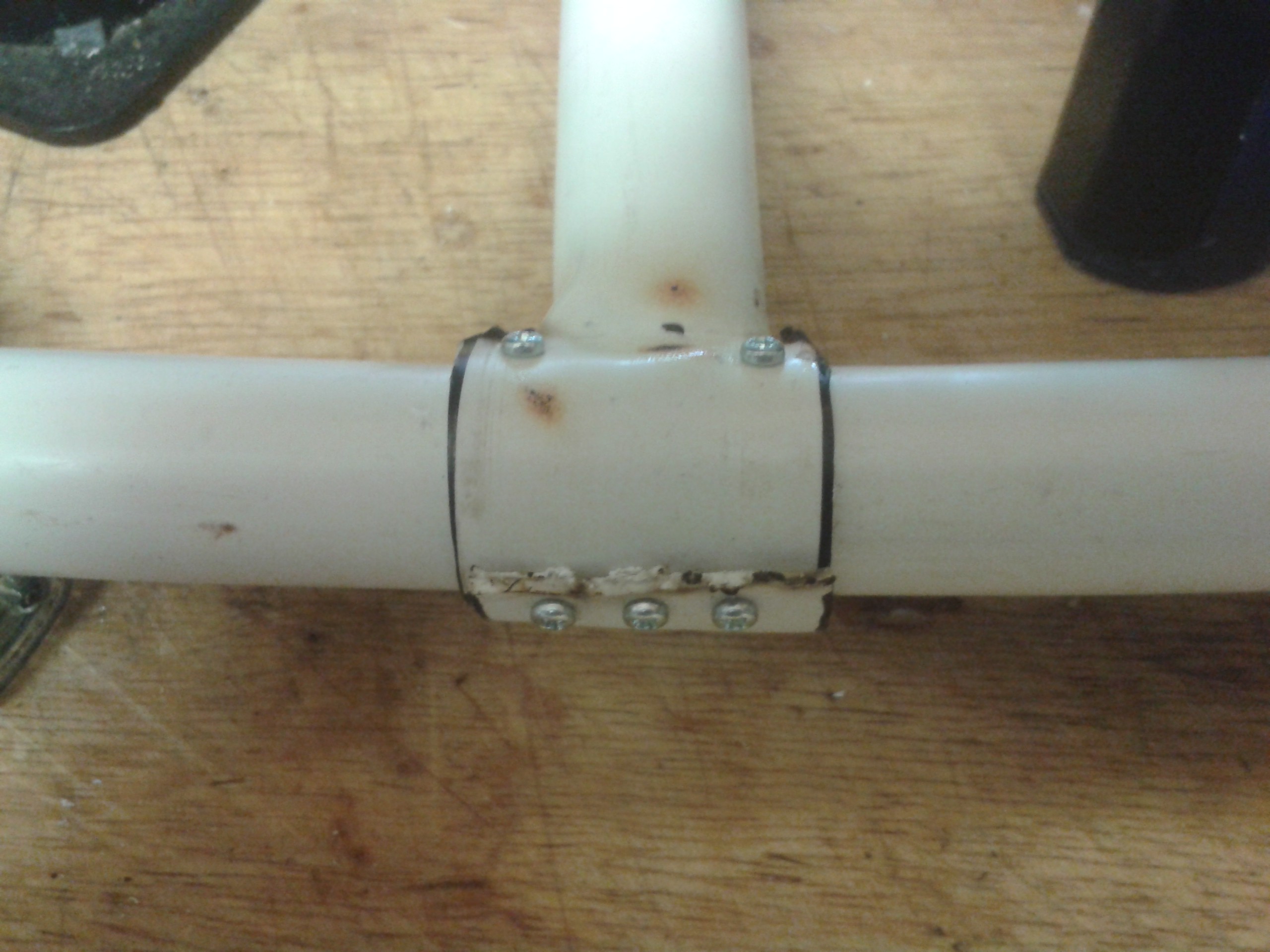
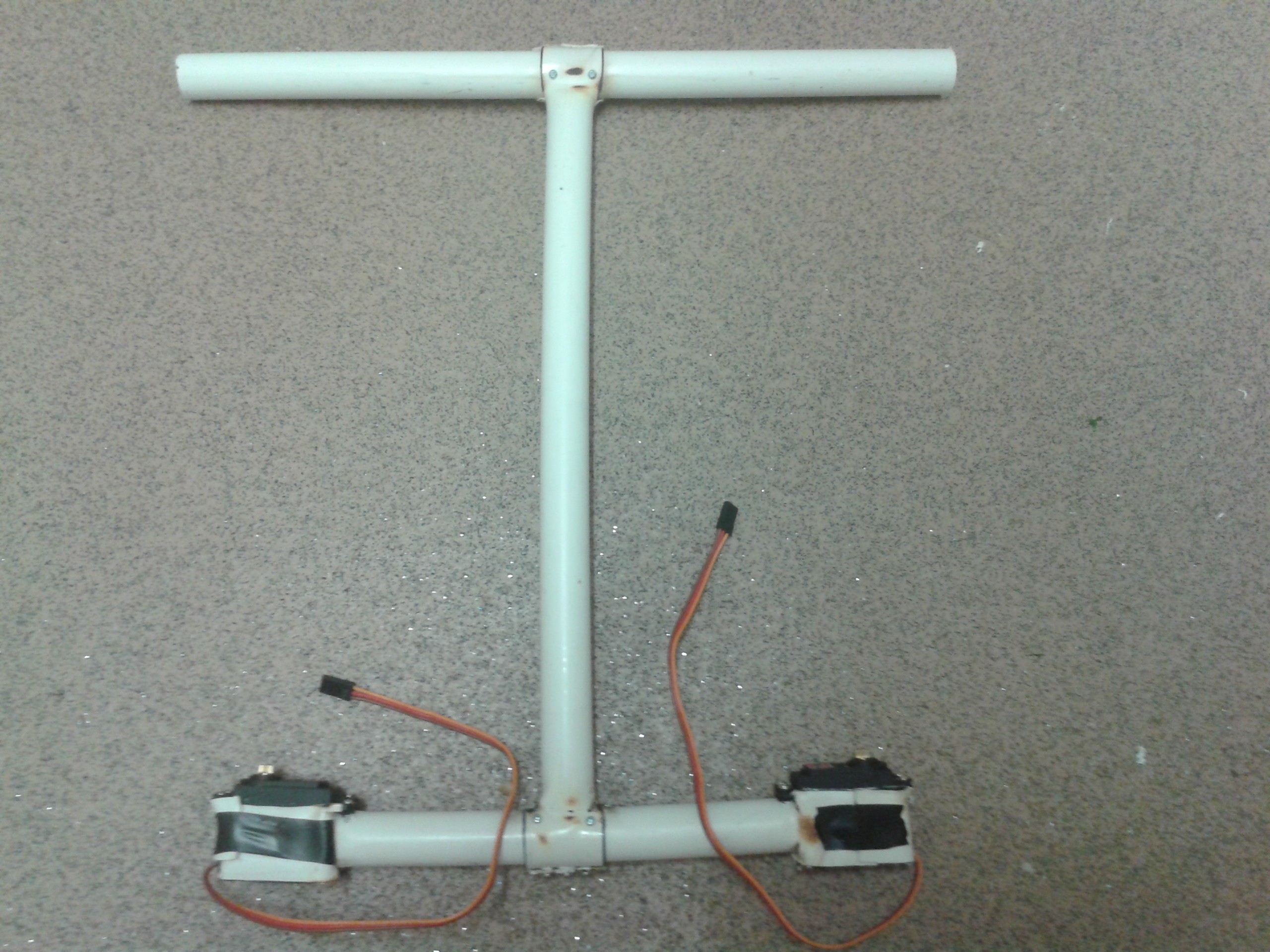
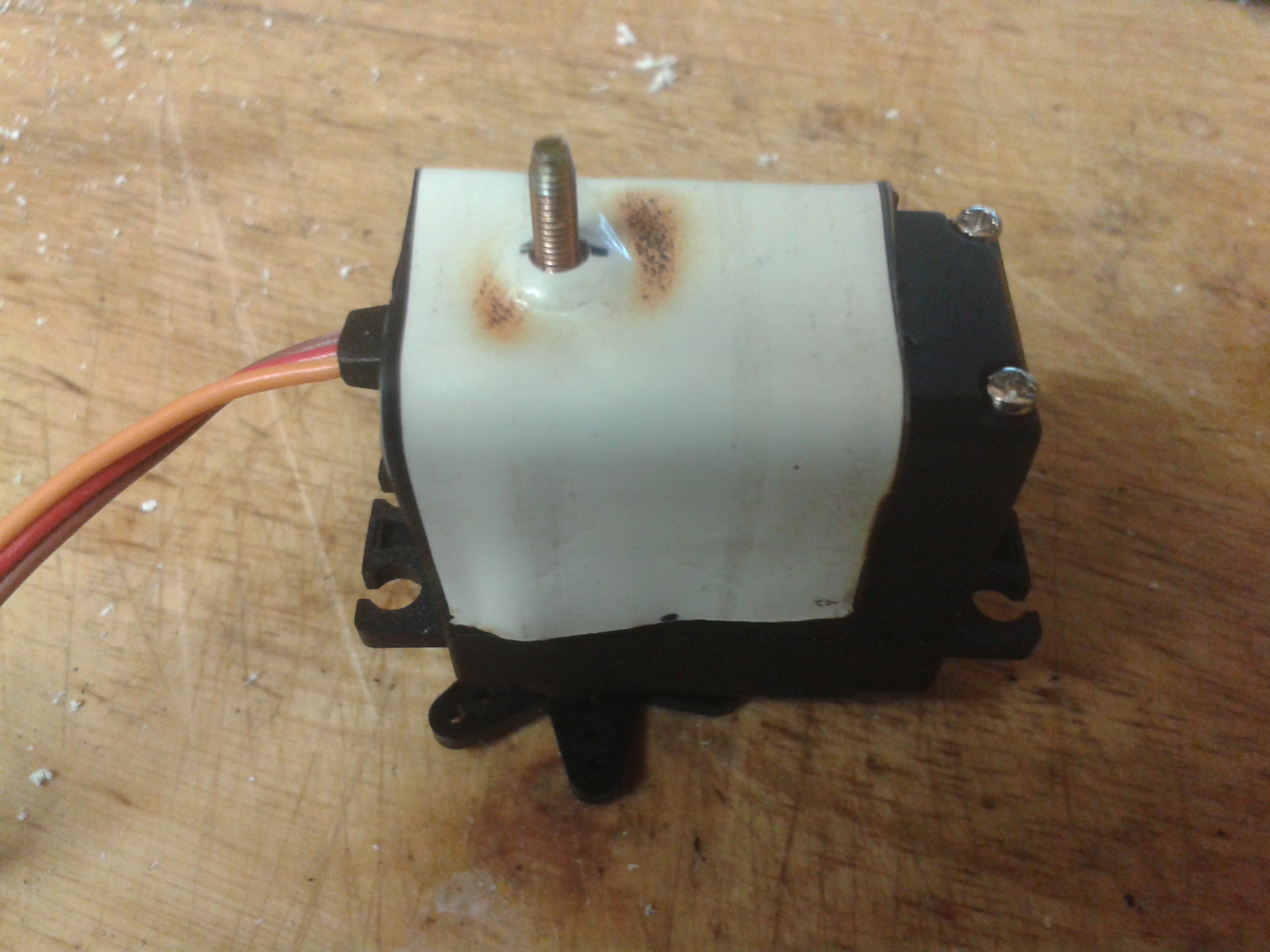
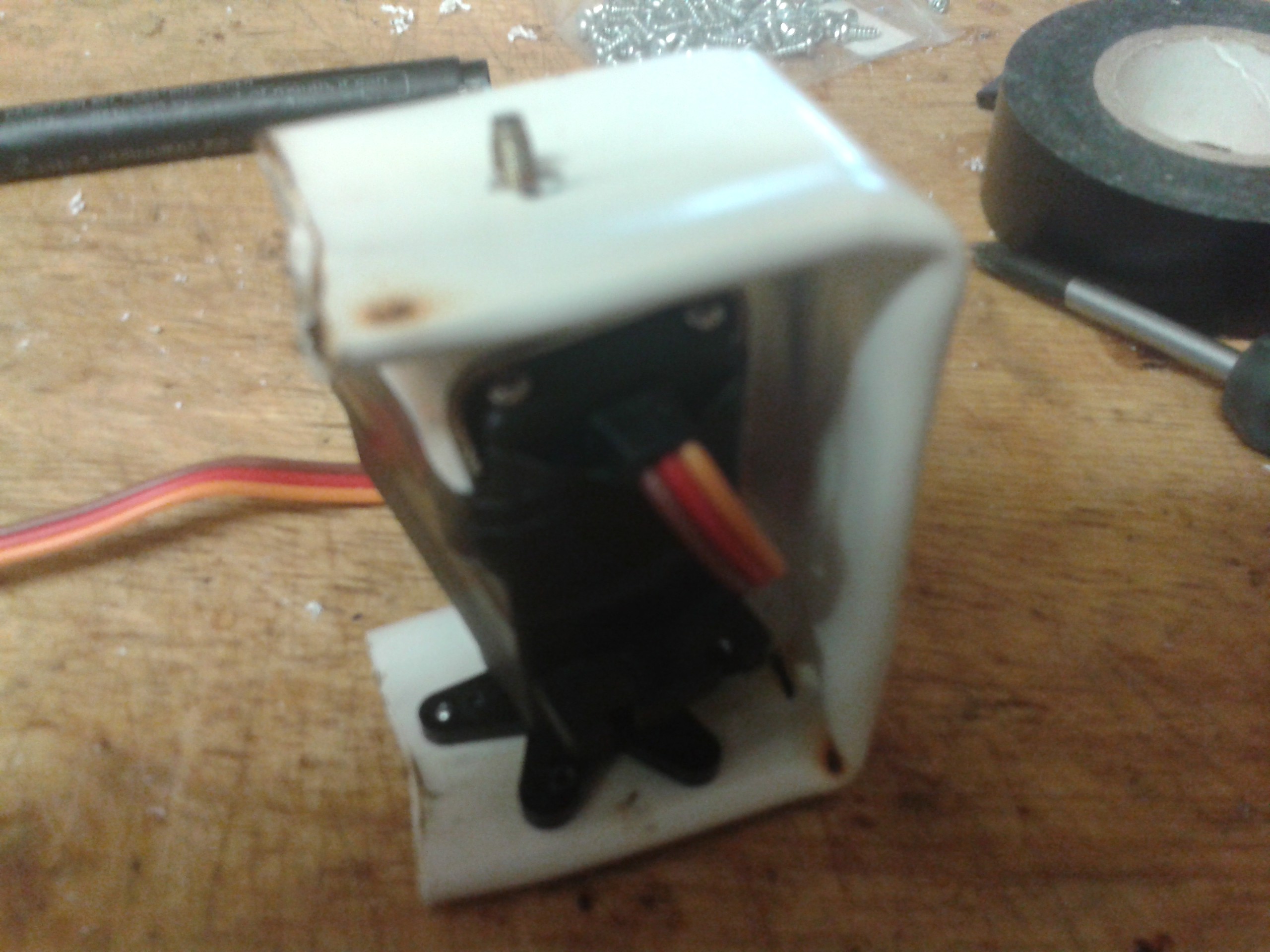
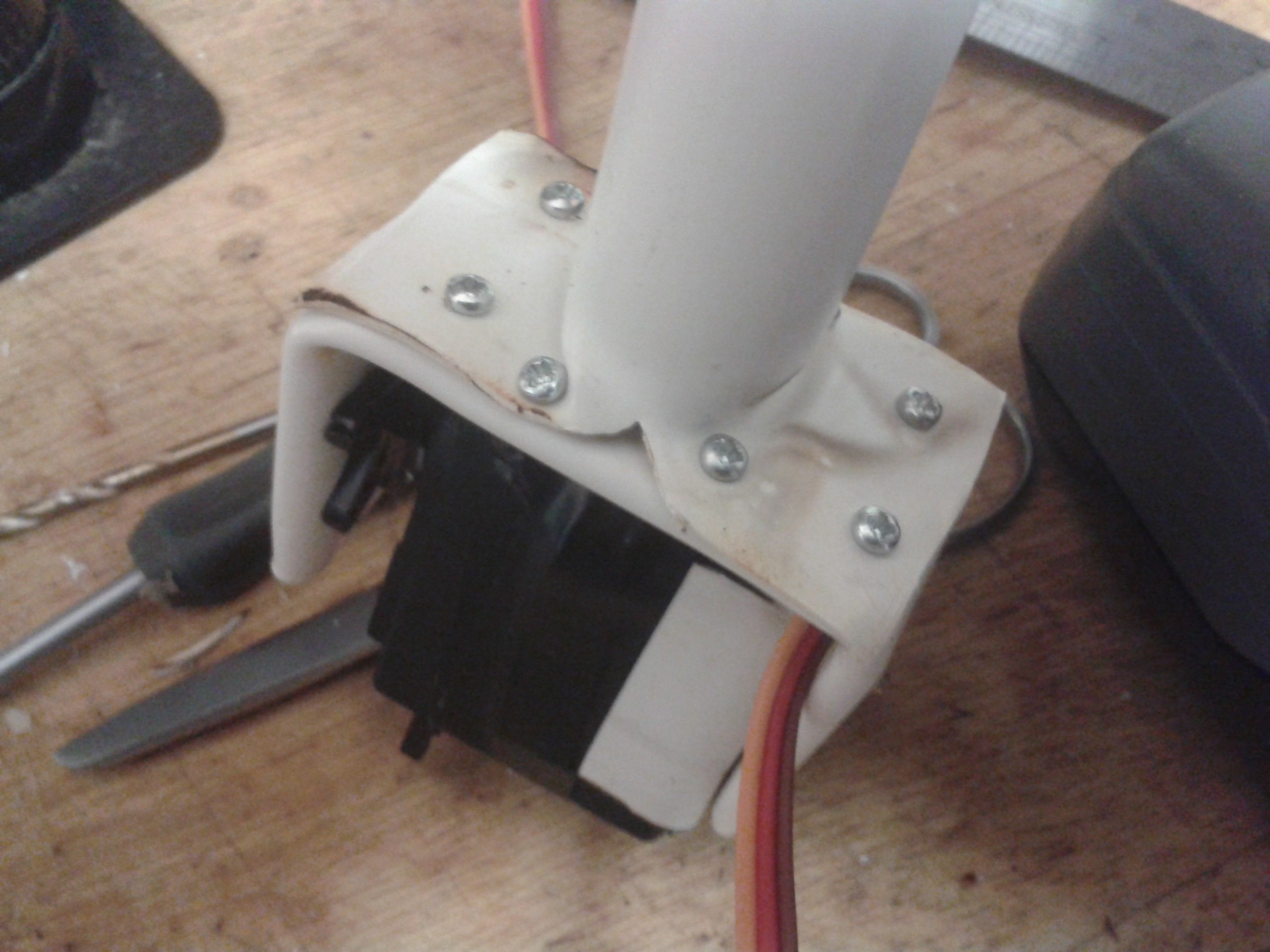
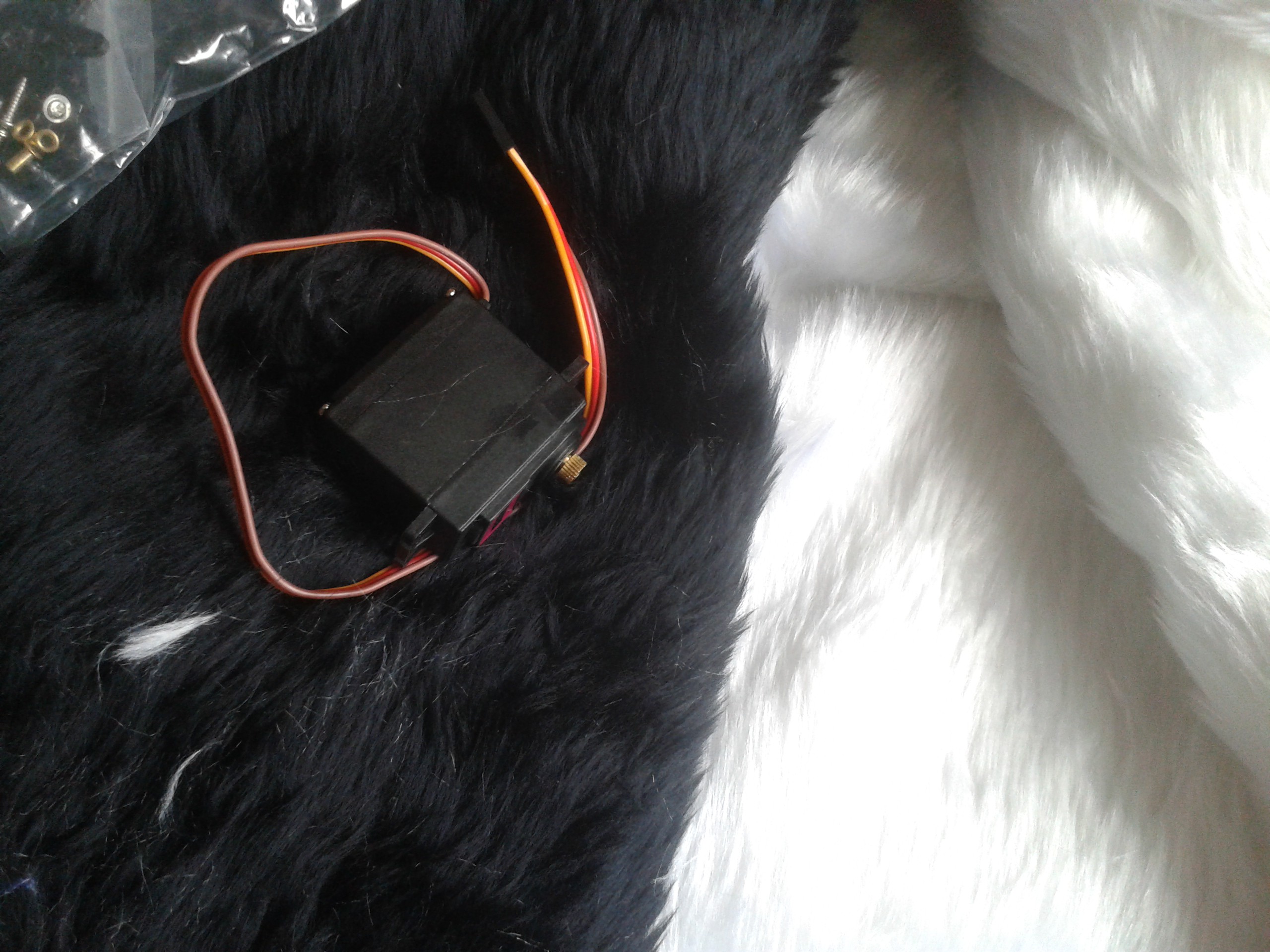


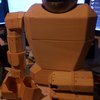

 Jim Heising
Jim Heising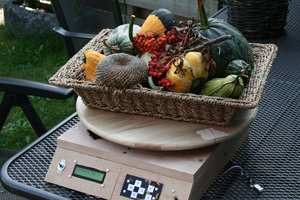
 Timescale
Timescale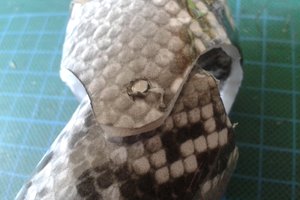
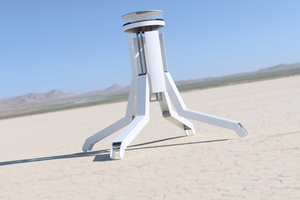
 Paul Crouch
Paul Crouch
Very ambitious and interesting, it always amazes me how diverse intellectually this community really is :)